12 Asian Decor Ideas - Interior Decorating with Oriental Furniture
With influences ranging from Chinese to Tibetan, Japanese, and even French, there is a great deal of diversity available to designers and DIY enthusiasts looking to incorporate Asian home decor and furniture into a space. You will discover that many of these styles originated centuries ago and have evolved over the years to be perfectly fit for the contemporary home.
Often associated with elaborate decoration and stylized subject matter, Chinoiserie first became popular in 17th century western Europe. Aesthetically focused on the ornate, it blends French Rococo elements with fantasized Chinese imagery. The style is just as popular today as it was 300 years ago and often can lend an interesting focal point to a space.
Not only reserved to furniture, Chinoiserie is also very prevalent in
blue and white porcelain pieces and also wallpaper. Although there are many interior designs that fully embrace and incorporate Chinoiserie motifs, often times a subtle addition like a cabinet or floor screen can be the perfect accent to tie together a space.
If you ever thought about incorporating a Japanese accent into your home, a tansu style cabinet might be the perfect fit. Influenced by furniture design during Japan’s Edo period (1615-1780), the tansu chest is the perfect blend of practical use and classic minimalist beauty. Practical in the way that it is highly functional, these pieces typically feature a wide assortment of drawers and compartments of varying sizes.
The most common form is taken in the step stair shape, which not only is visually intriguing, but offers shelving for displaying decorative objects. Because they are often identical on both sides, many spaces also feature them as room dividers.
The Ming (1369-1644) furniture style is characterized by simple pleasing geometry and very little ornamentation. This "less is more" approach contributes to a very contemporary appeal and has become quite popular. It is a perfect example of taking something traditional (a style pioneered nearly 700 years ago) and adapting it for modern use.
The Ming cabinet is very versatile for these reasons and still retains some signature Asian elements like the circle plate hardware that make it unique. With the right finish these cabinets can fit in with just about any contemporary decor scheme. If you are looking for a more bold or rustic look, a distressed finish can add another level of depth and character.
Dating back nearly 1000 years, garden stools were traditionally used in Chinese gardens and courtyards as functional seating that could withstand the elements. Typically they are crafted of porcelain, glazed ceramic, or even stone, making them very sturdy and durable.
Today, these unique stools have outdoor and indoor uses but are most commonly used as small side tables or room accents. The simple silhouette and size of garden stools make them very functional and they often feature elaborate painted details or textures.
The technique of lacquering actually originates in Neolithic Era China and was used primarily as a waterproofing method for wood and bamboo. As the technique became more widespread throughout Asia it began to be utilized more as a decorative art. Today, the most popular style of Asian lacquered furniture consists of sleek and shiny finishes of red or black and often features embellishments like mother of pearl inlays or hand painted art.
Lacquered furniture has an inherent luxurious appeal too it, and can provide a striking focal point for a room. As lacquer is very thin when dried, it must be applied in multiple layers, and this provides great resistance to heat and humidity.
With a shape inspired by the round garden gates of southern China, the moon curio is a unique and interesting piece that can be used as a bookcase and also for the display of treasured collectibles. The moon curio features an open design which is a welcome contrast to the typical tall display cabinet or shelving unit which can sometimes feel heavy and obtrusive.
The circular shape is very symbolic, often being associated with cohesiveness, unity, and renewal. At the same time, the harmonious arrangement of the shelves create a great deal of visual intrigue wherever it stands.
Once exclusively only seen in ancient palaces, the traditional hanging lanterns and floor lamps of China feature delicate craftsmanship and retain age old charm. Historically, the creation of these lamps was seen as a form of artistic expression, and
competitions would be held during celebrations like Chinese New Year and the Mid-Autumn Festival to see which artisan could create the most beautiful lanterns.
Today, fixtures inspired by these ancient designs work wonderfully as a permanent source of ambient lighting in the home. The classic shapes and delicate materials make them very pleasant accent pieces.
The exotic art of the Tibetan people is known for being exuberant and bold, making use of vibrant colors and intricate patterns. Although true antique pieces can be a rare and expensive find, high quality reproductions are readily available and far more affordable. Often made from reclaimed hardwood, these cabinets have a rustic look and capture the spirit of Tibetan artistic expression with detailed hand painted artwork.
Tibetan furniture is often basic in shape, but elaborate embellishments make each piece a work of art with its own personality. Their charm and practicality make them a perfect fit for the contemporary dwelling and are sure to grab the attention of any visitor to your home.
No list of Asian style furniture would be complete without floor screens. The form of the folding screen has been around for centuries, with scholarly evidence tracing back their use in China as early as the 3rd century during the Han Dynasty. Instantly recognizable, they have become quite iconic of Asian culture in general.
They come in all different varieties, whether you favor hand carved or painted designs, or even more simple paper screens with wood framing. Although they make great room dividers and can also be the perfect display piece to accent a room, they are not solely reserved for these purposes. Floor screens can also be used to great effect as a headboard for a bed or even be repurposed to use as sliding doors or hanging wall panels.
Suitable for displaying just about any kind of decorative object, console tables look great standing against a wall and can make a grand statement when paired with a mirror or artwork. Their slender depth also makes them ideal for space constrained areas like an entryway or hallway.
One of the classic forms of the console table evolved from altars used during China's Zhou Dynasty (1046 BC - 256 BC). Traditionally, these altars would be used for ancestor or deity worship. Today, these tables retain their old world charm and can provide a unique
focal point in a room.
You would be hard pressed to find a type of hardwood that can match the quality of rosewood. Rosewood has been revered by artisans of traditional Chinese furniture for its density and naturally beautiful interlocking wood grains. Density is an essential quality required by the traditional rosewood furniture manufacturing process. Assembly does not require the use of screws or nails to guarantee long-lasting durability. Instead methods such as tongue and groove joints are used for large surface areas to help prevent warping or cracking due to expansion and contraction of wood; mortise and tenon joints are used to connect other parts, such as legs and corners.
Don't be fooled by imitations or cheap knockoffs, authentic rosewood furniture can be expensive but the quality is worth the investment. These pieces are not only striking, but can also last for generations with proper care.
Derived from the lounging furniture featured in the opium dens from ages past, this unique style has become quite popular in homes recently. Their name may carry some negative connotations, but don't let that sway you because they make excellent daybeds. Often featuring elegantly carved wooden forms or intricate embellishments, these beds are just as beautiful as they are functional.
If you really want to make a grand statement, antique Chinese canopy beds make for an even more eye catching focal point. Although they are a rare and expensive find, this type of bed is more like a work of art rather than furniture. They often feature an elaborate front frame styled after the traditional Chinese garden gate.



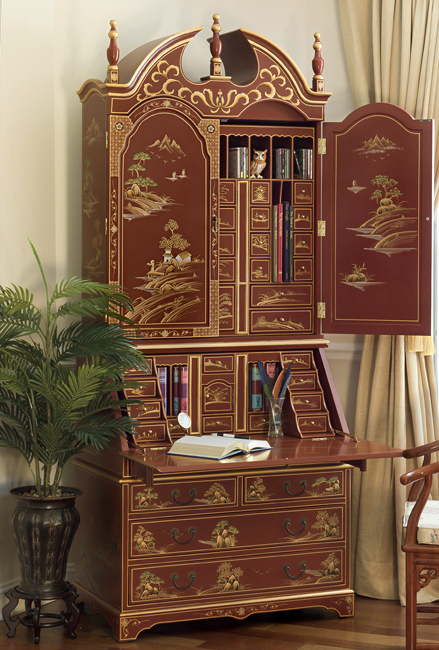
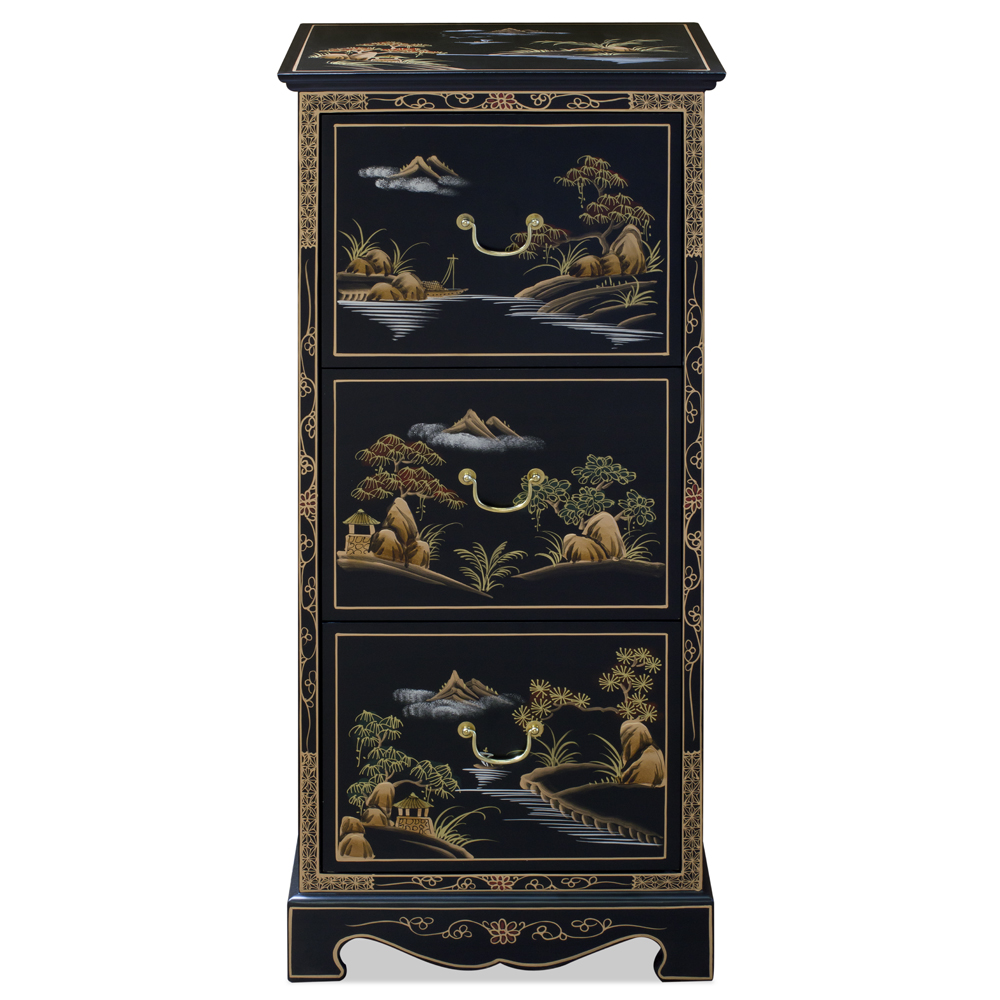
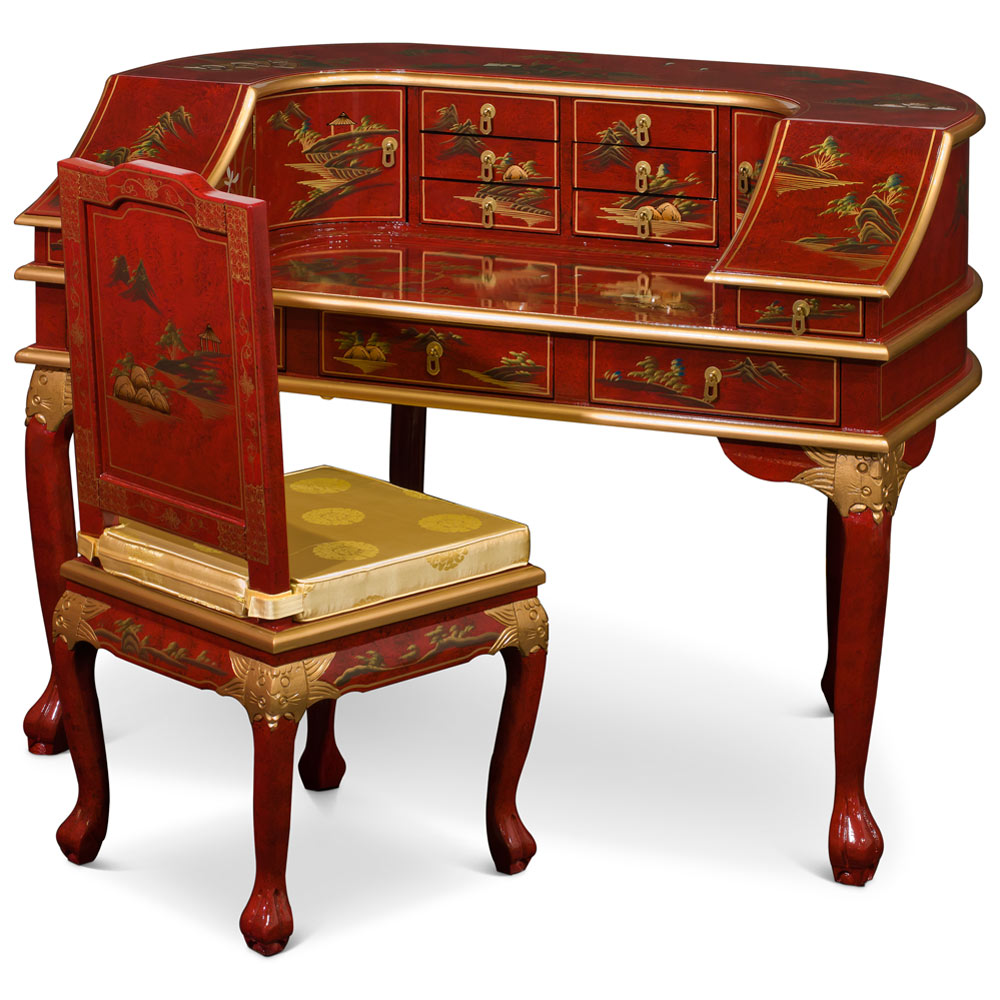
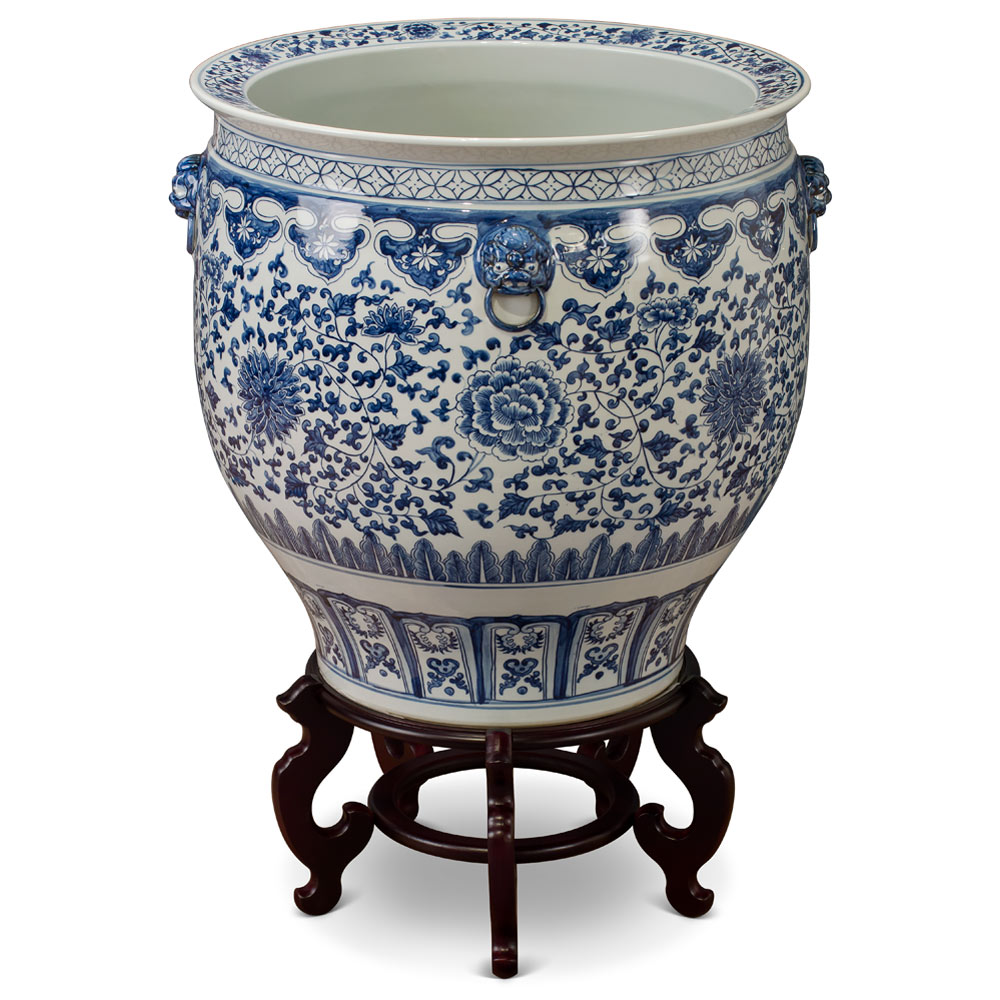
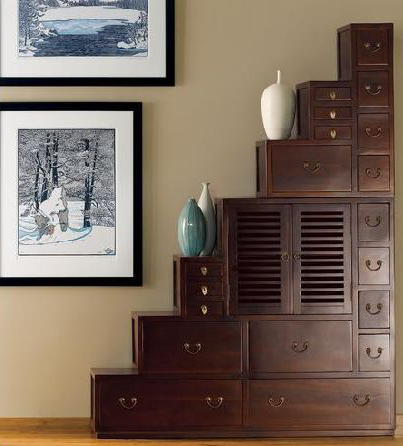
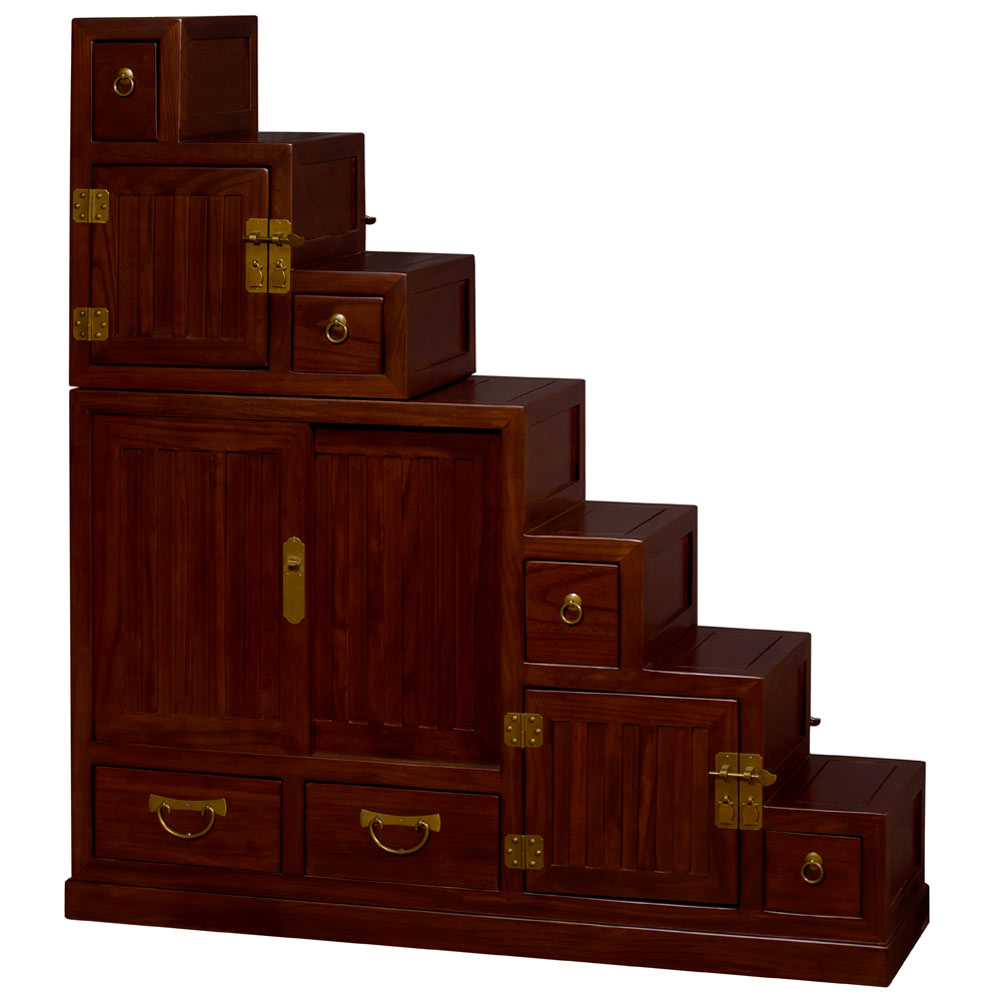


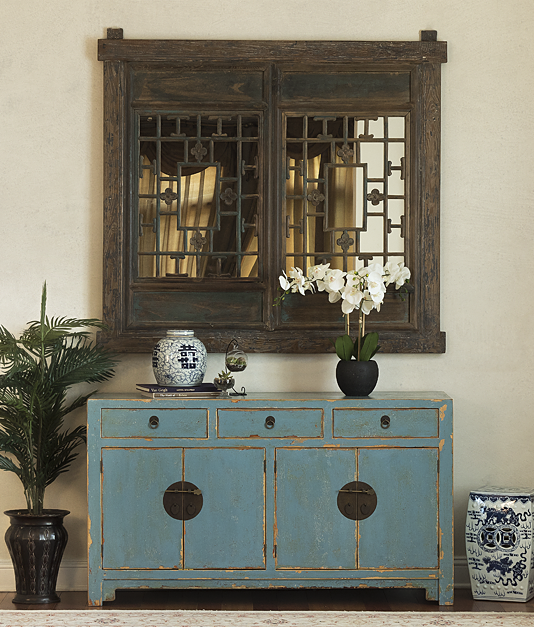
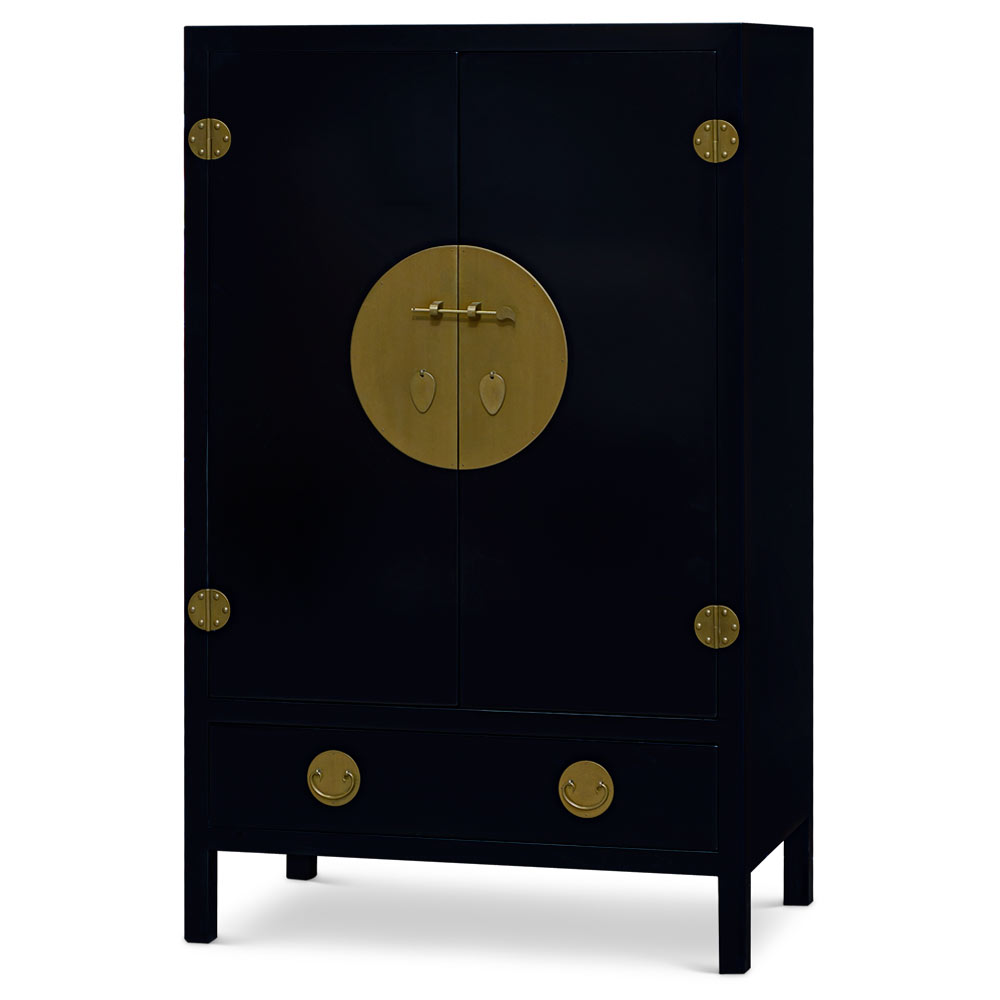
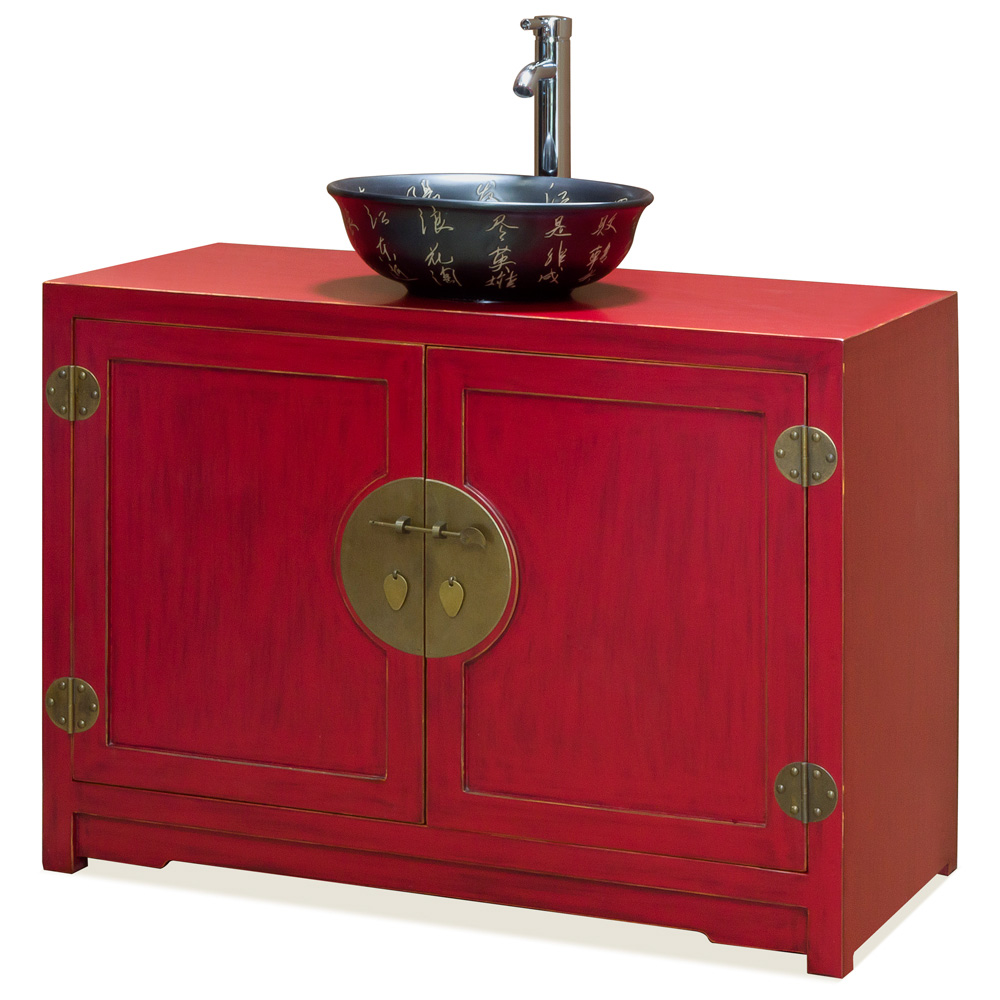
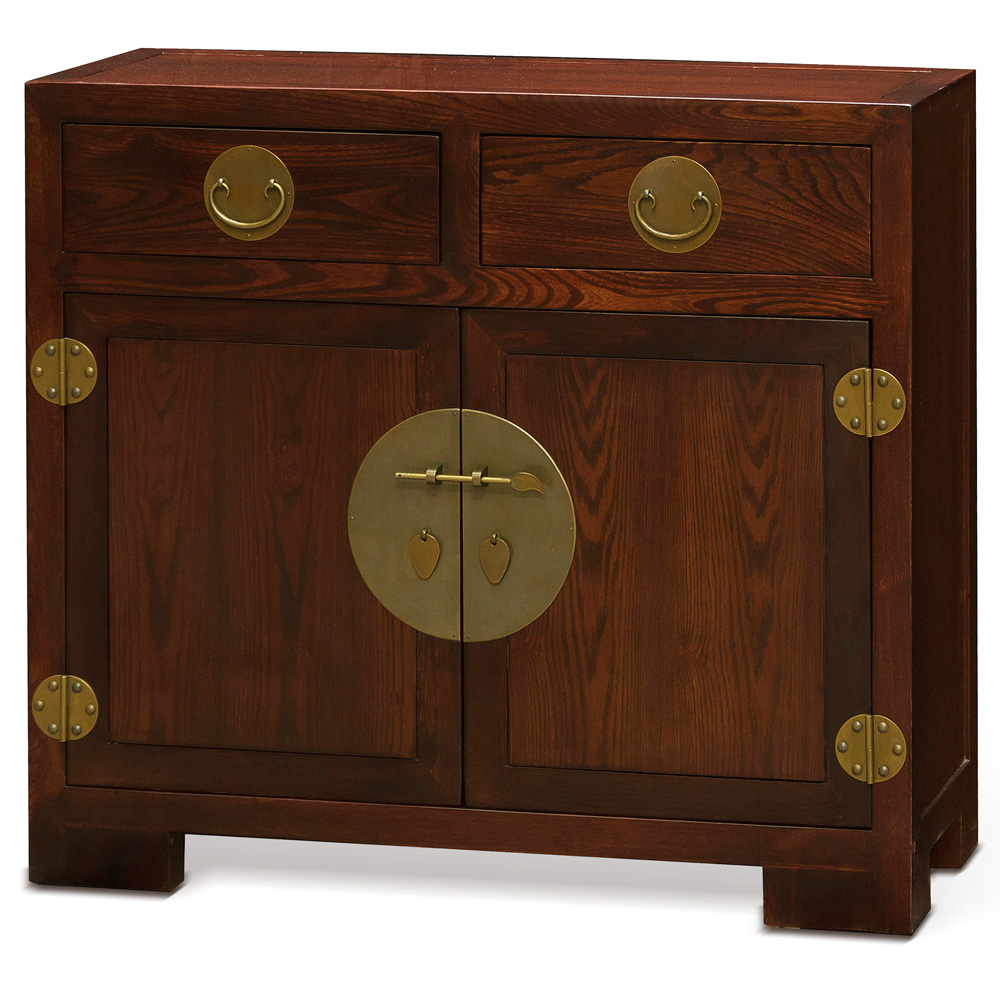

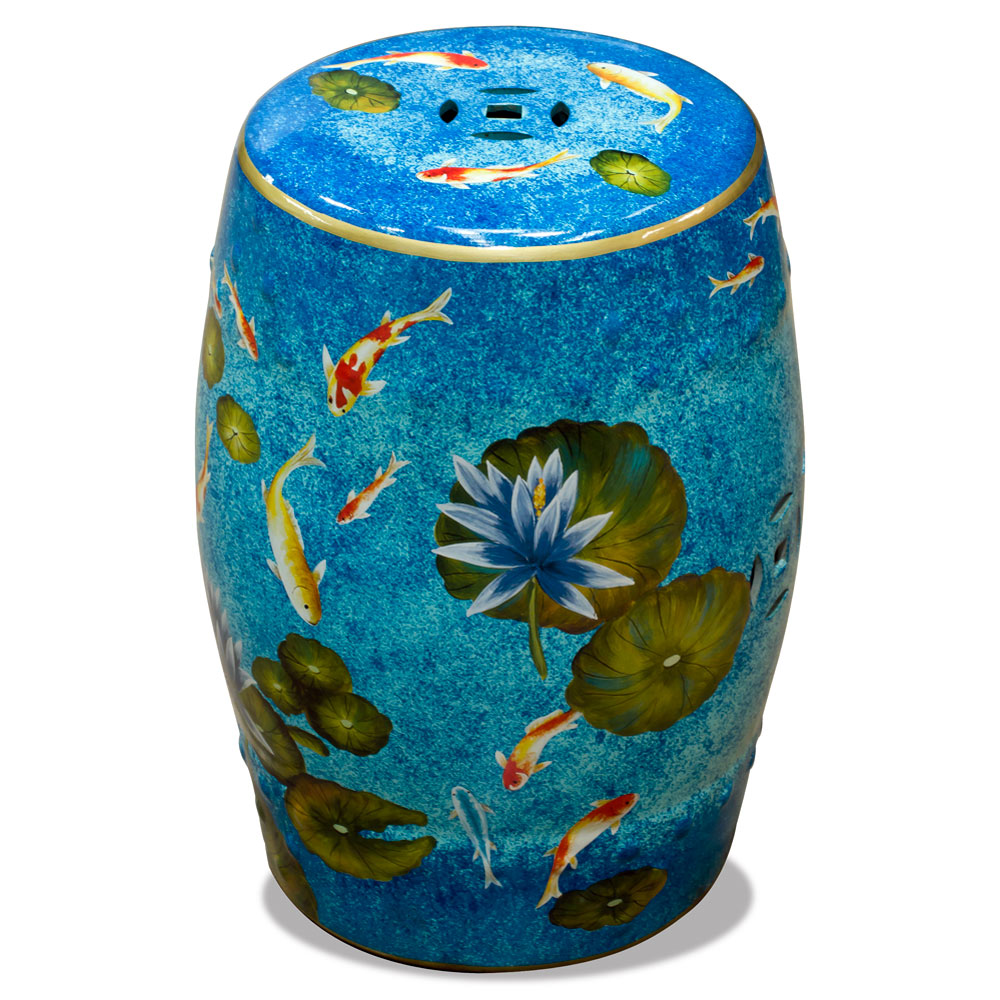
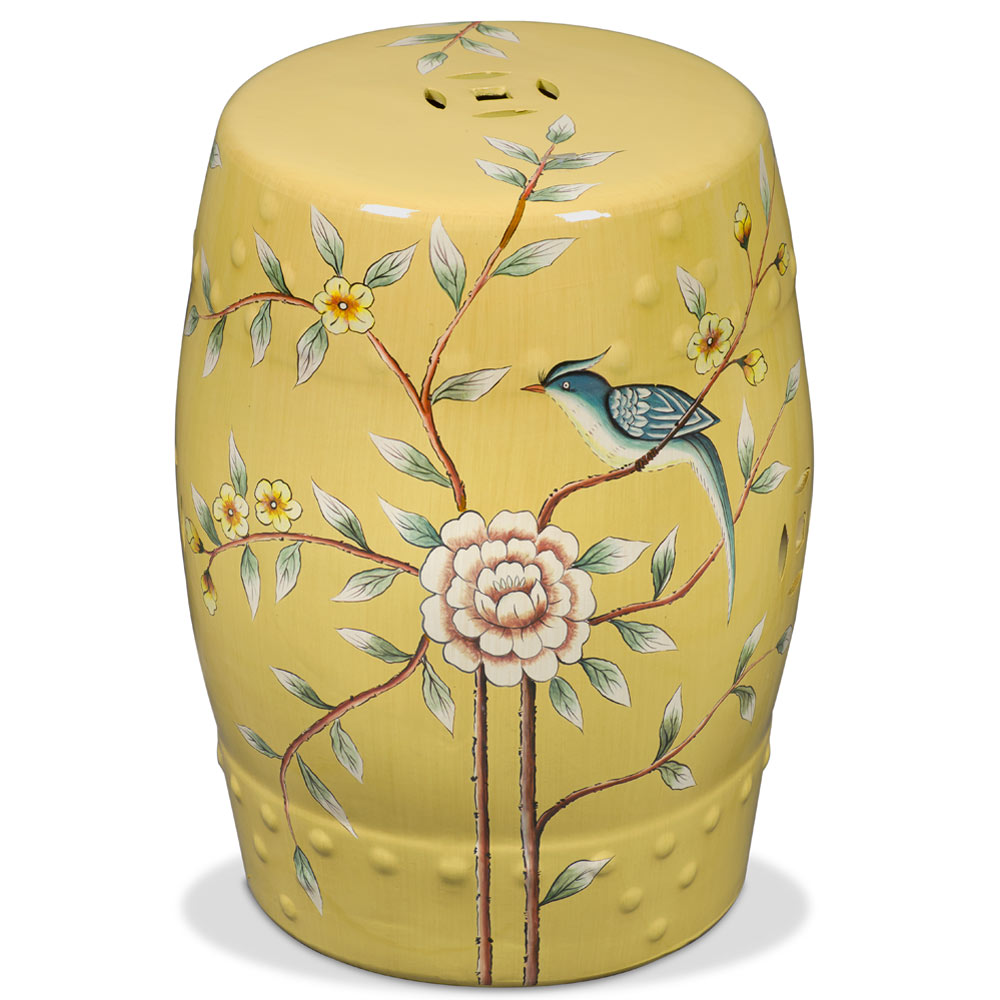
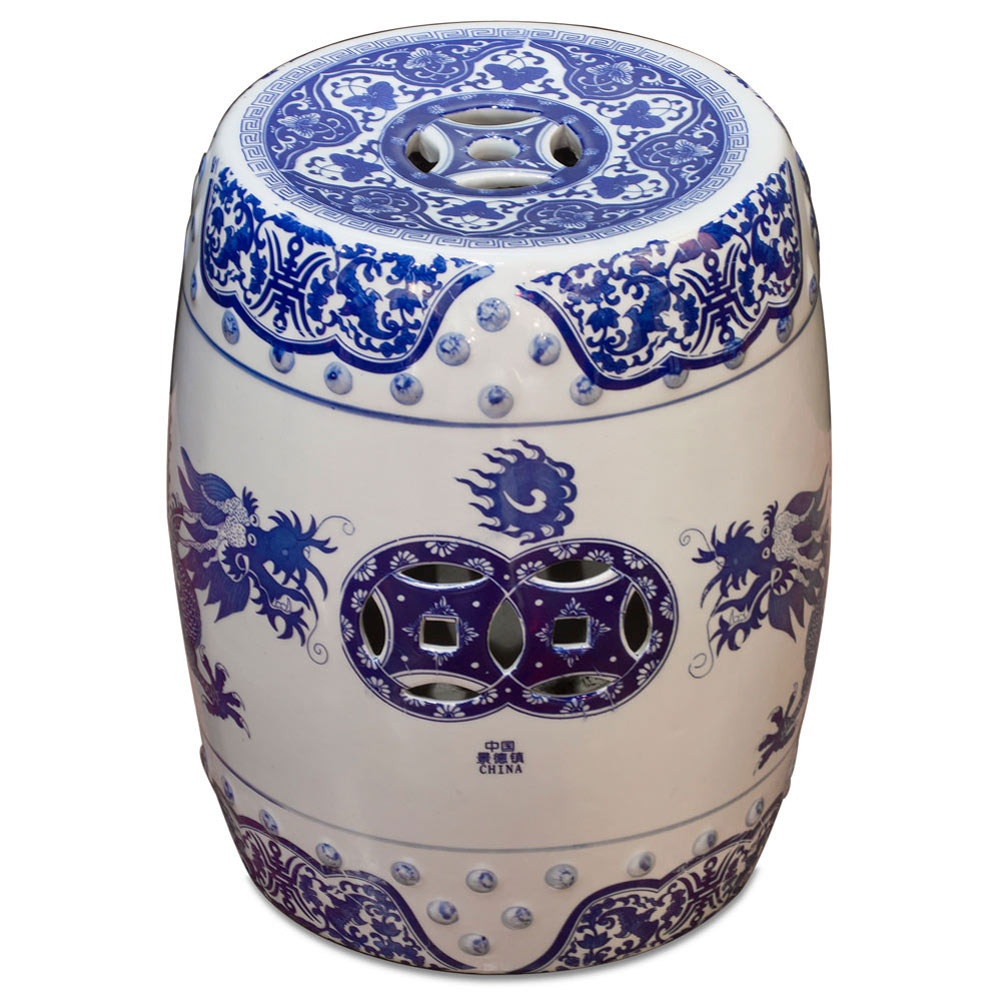
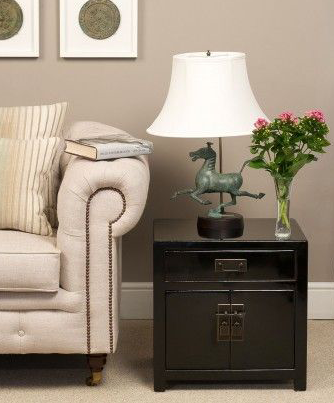

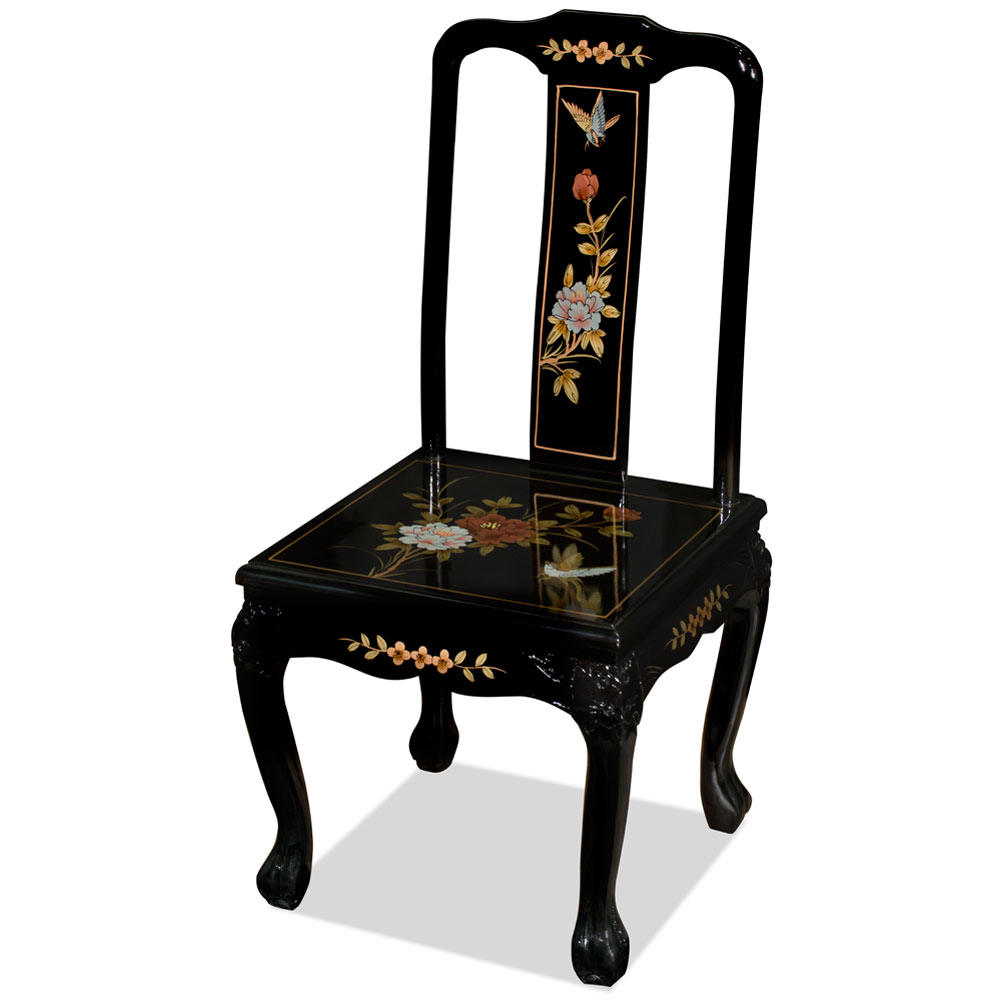
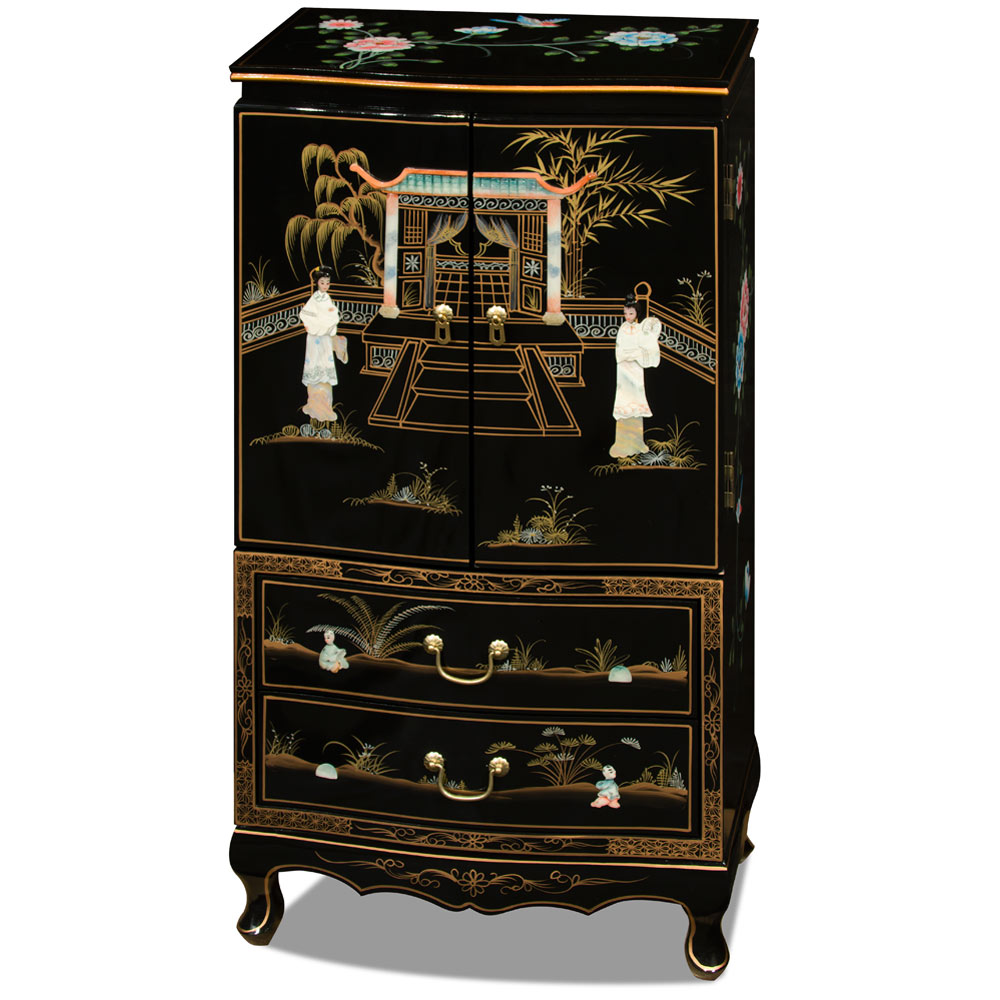
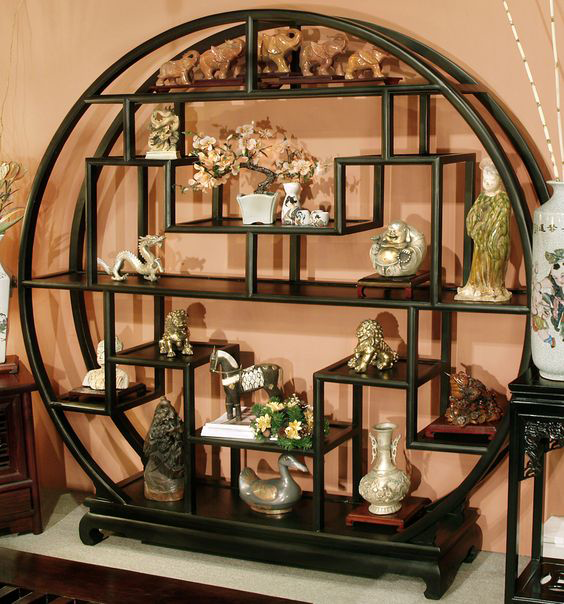
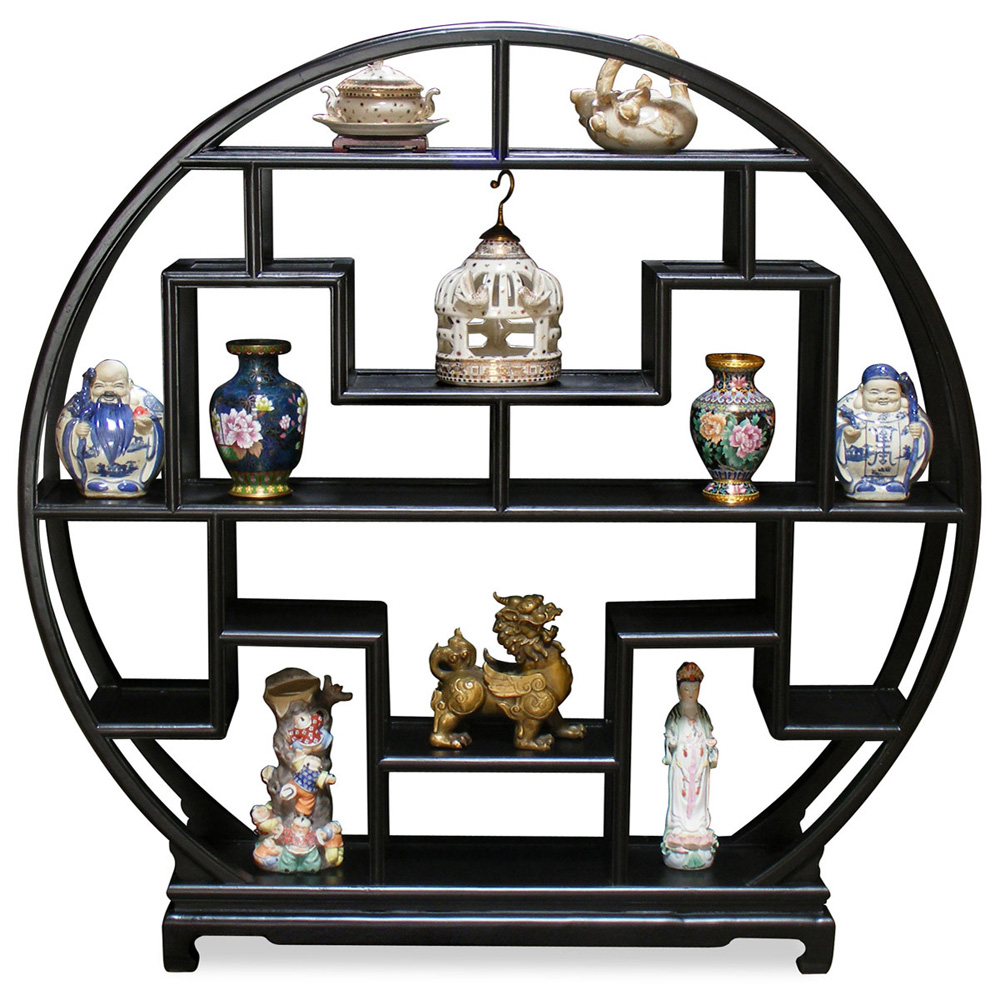
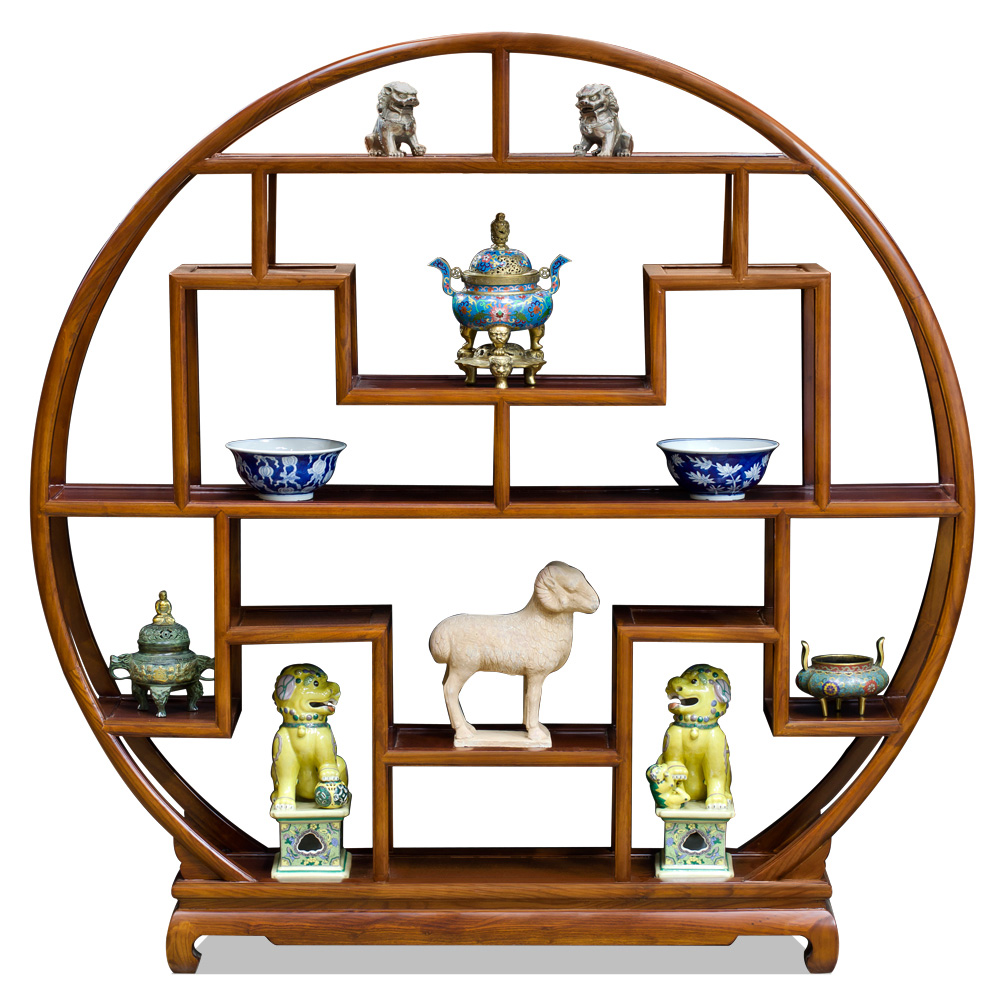
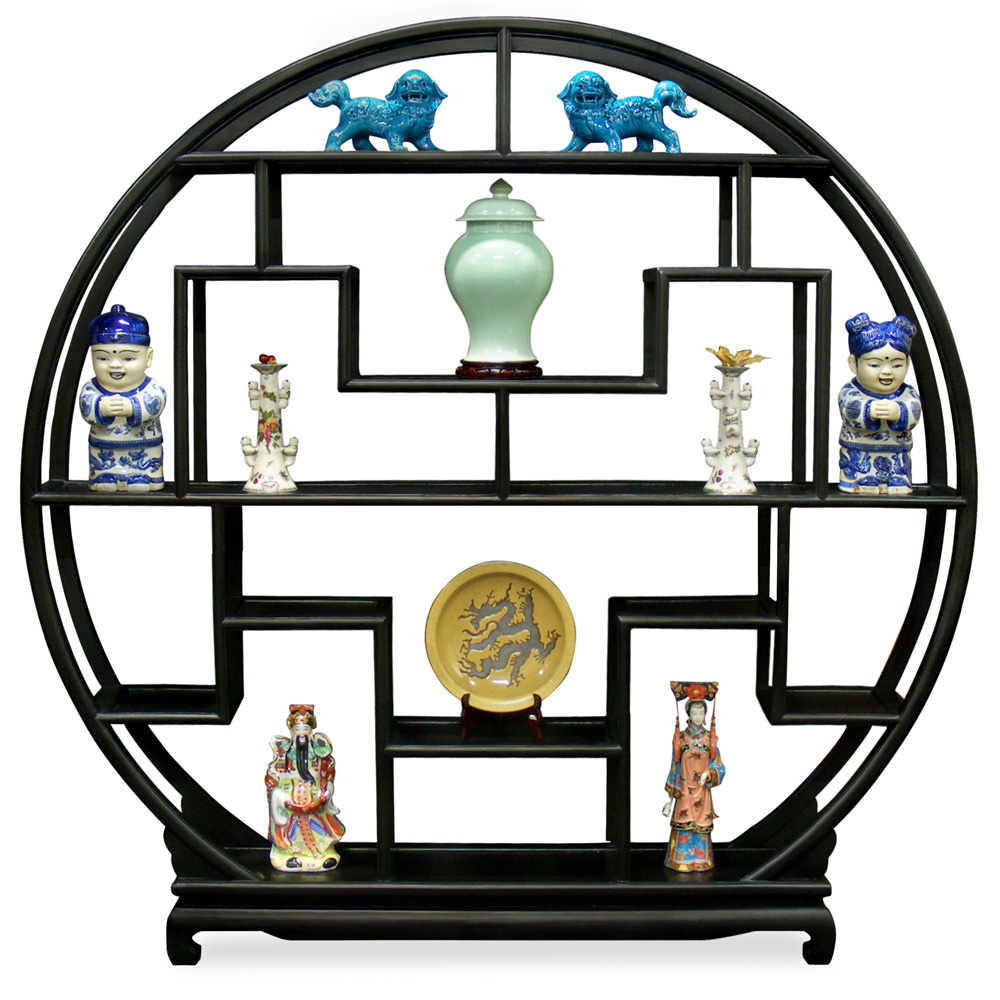
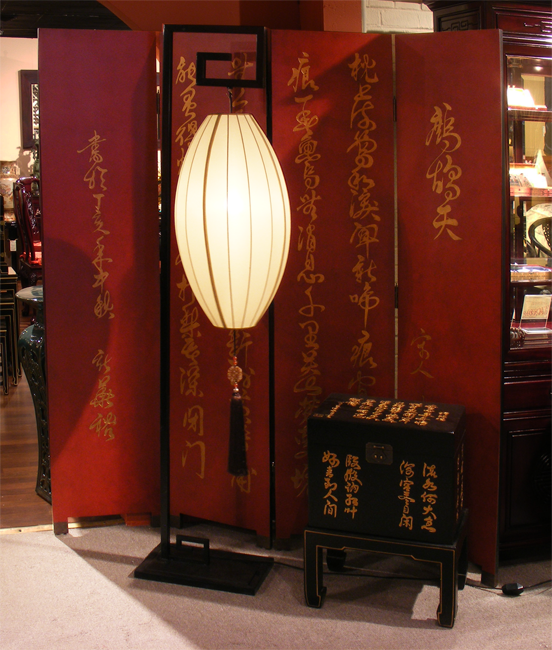
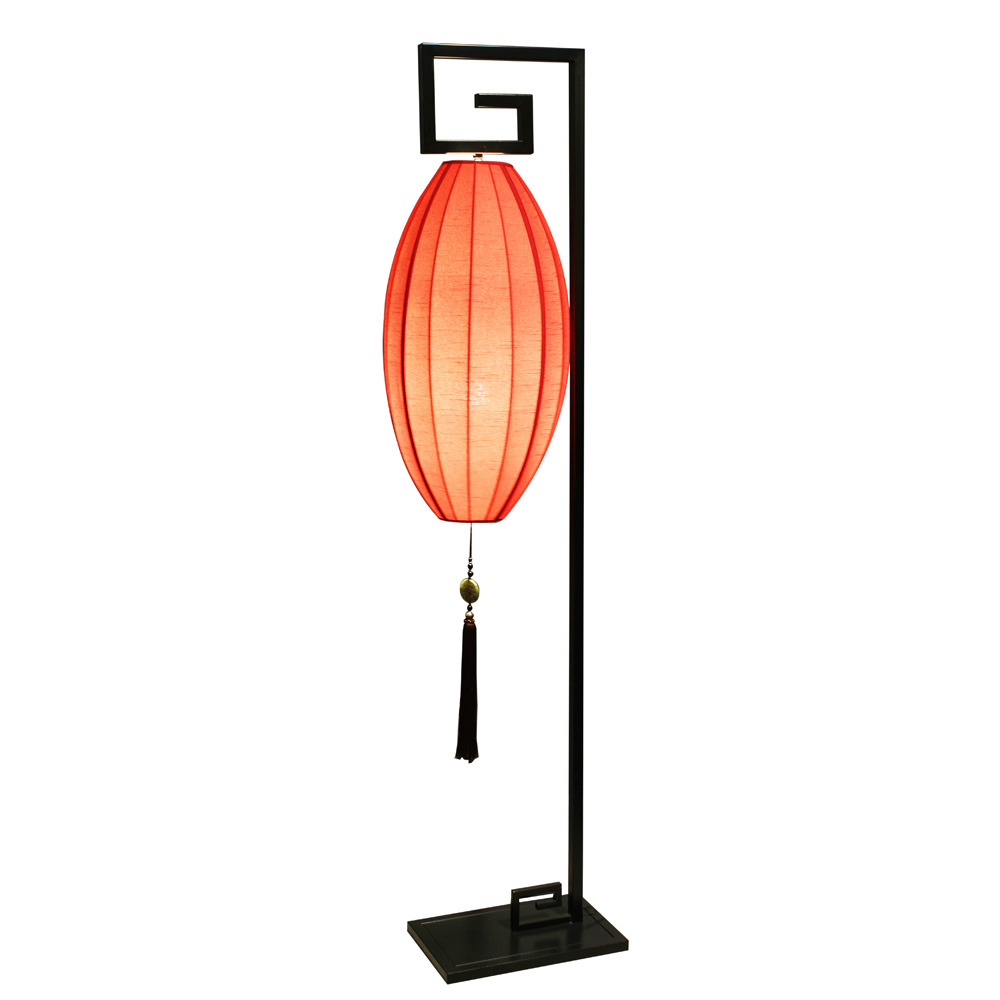
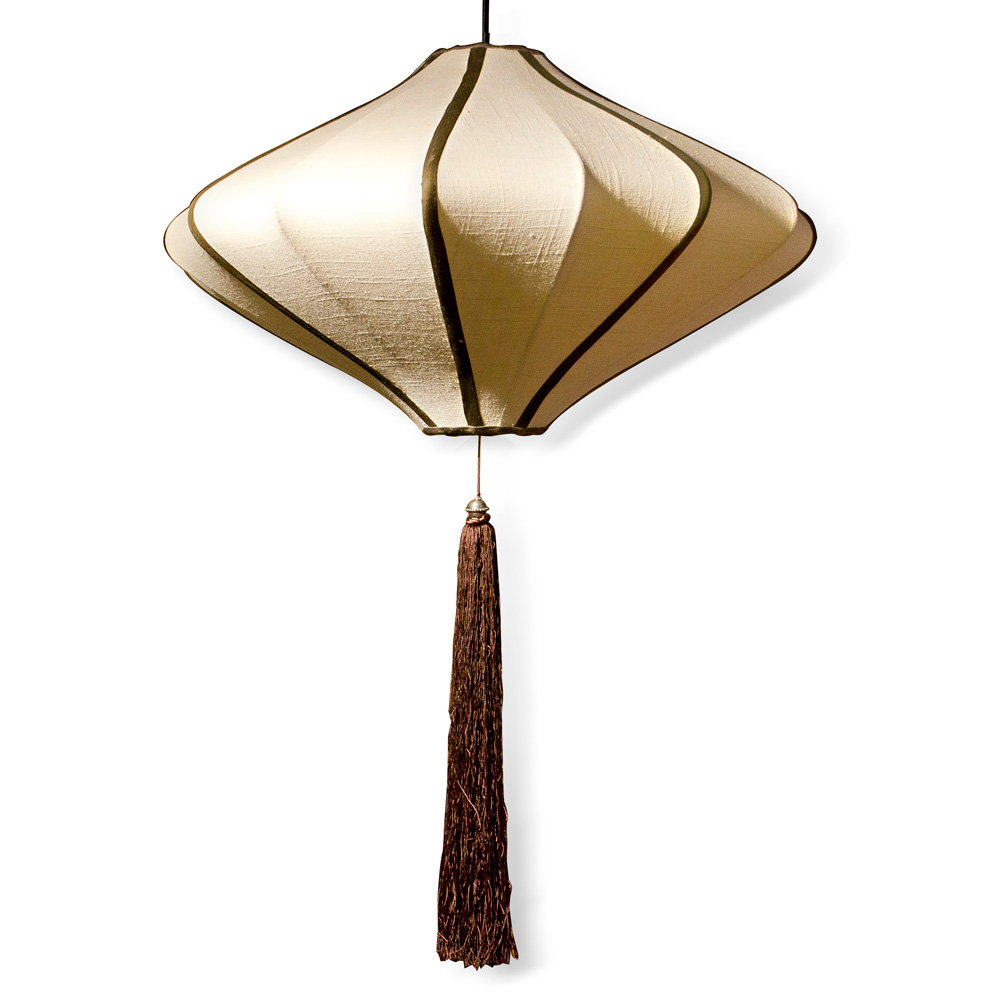
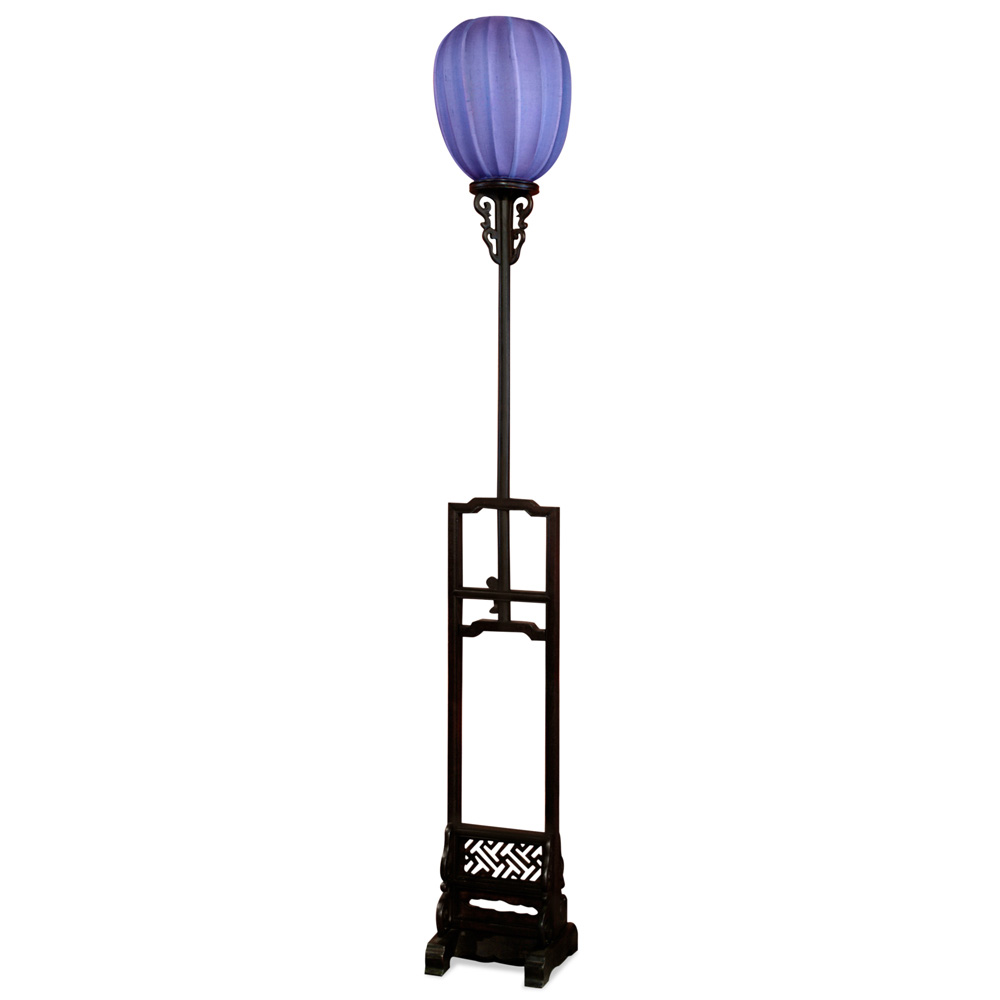
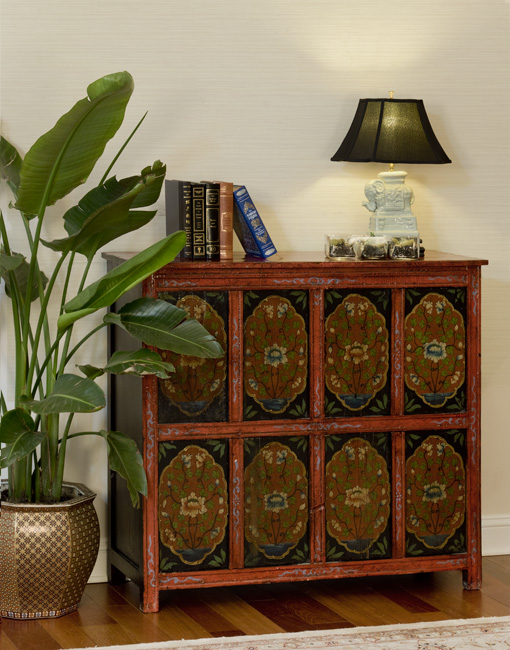
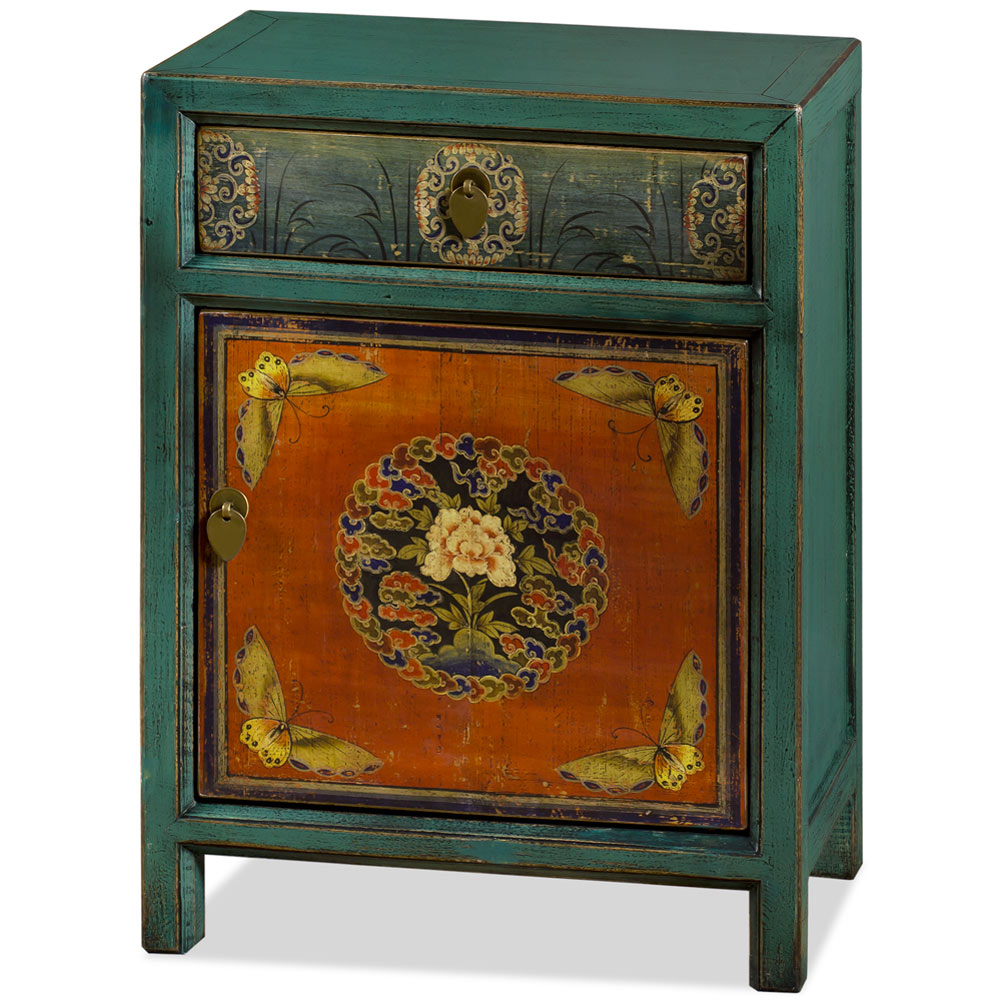
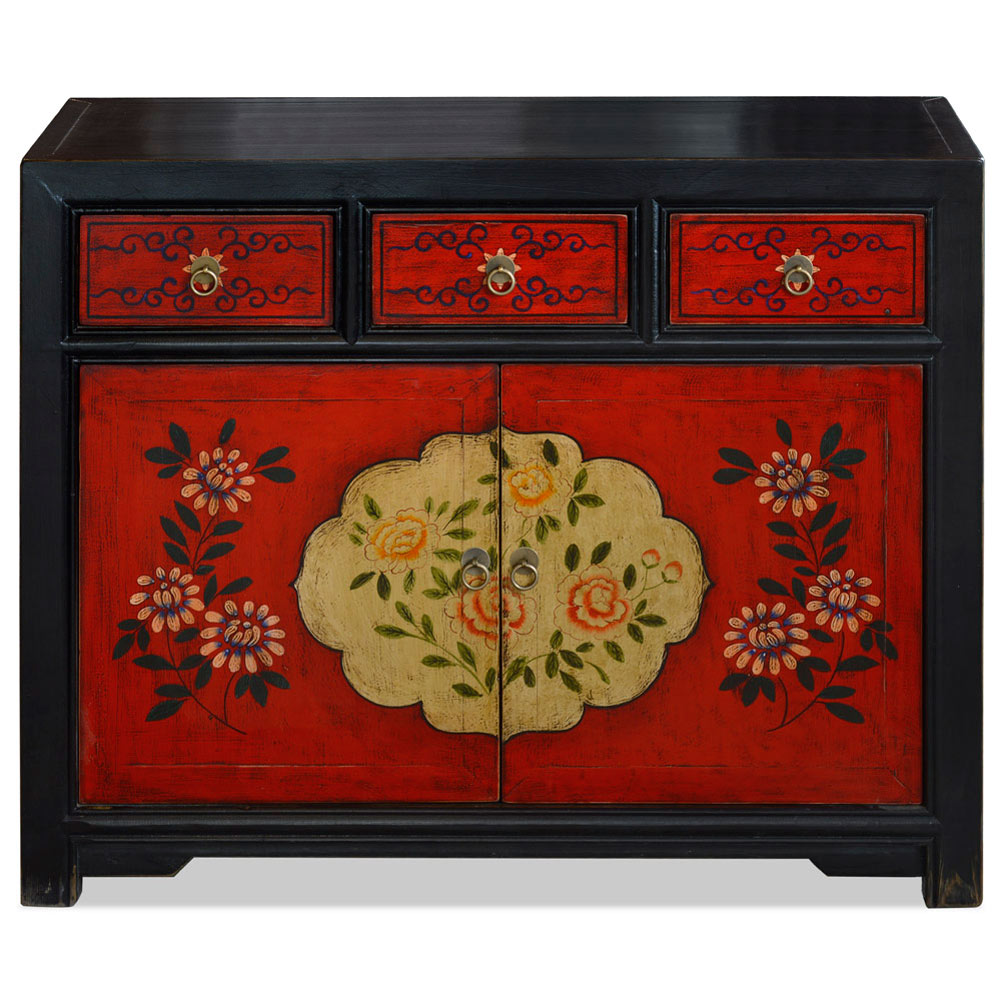
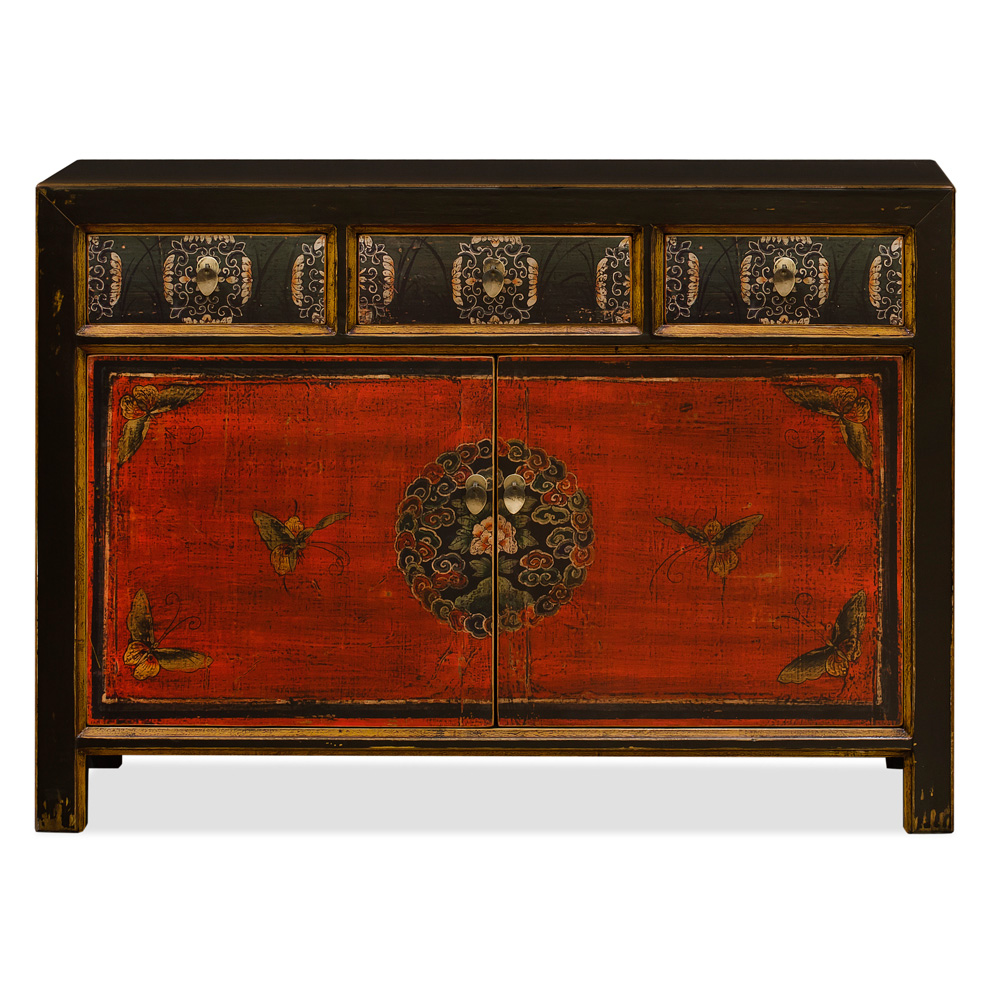
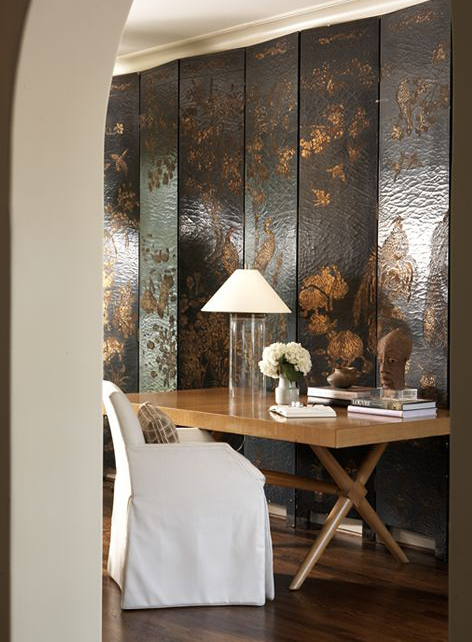
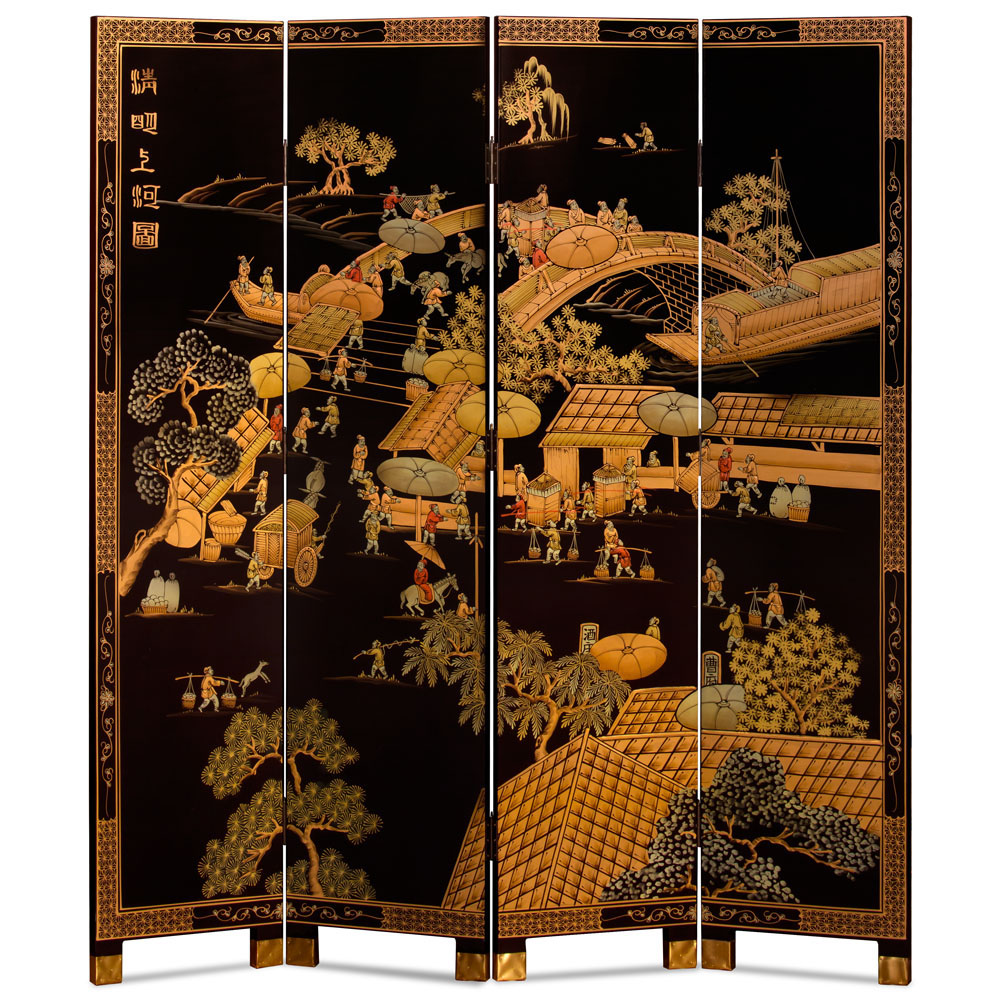
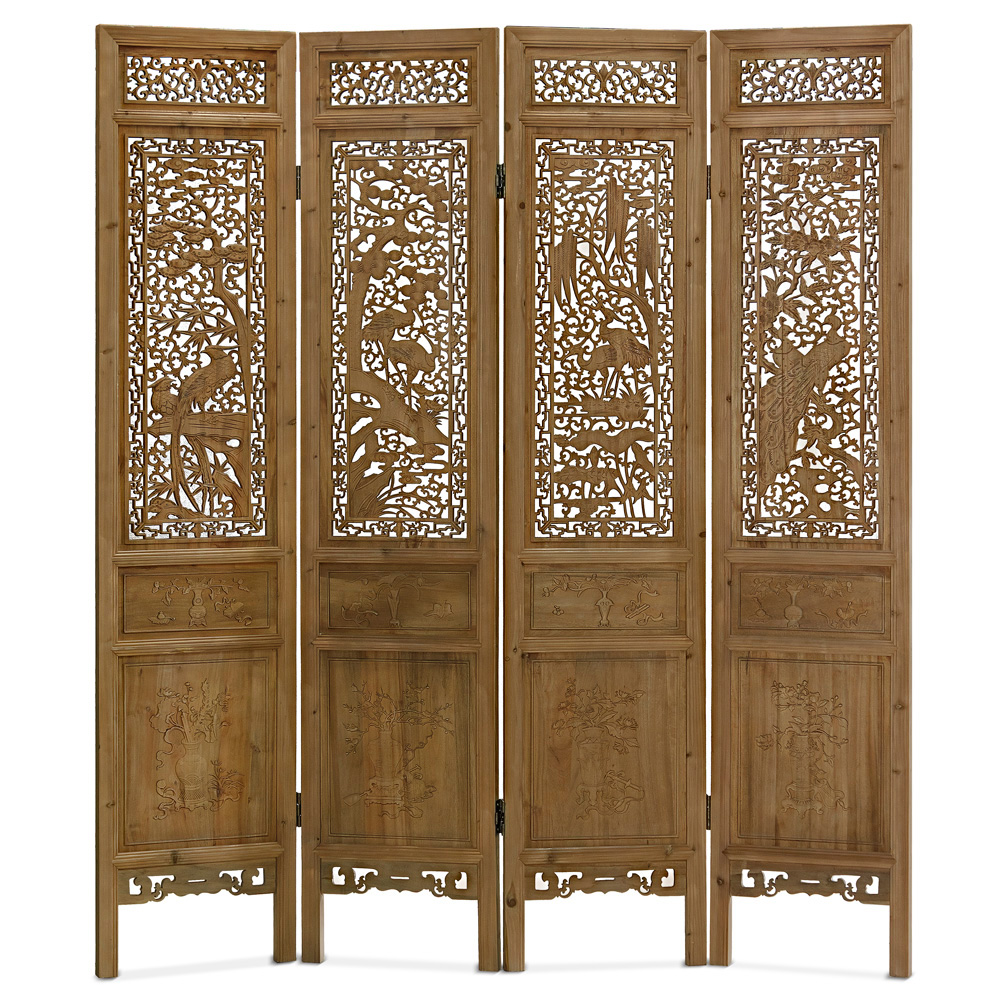
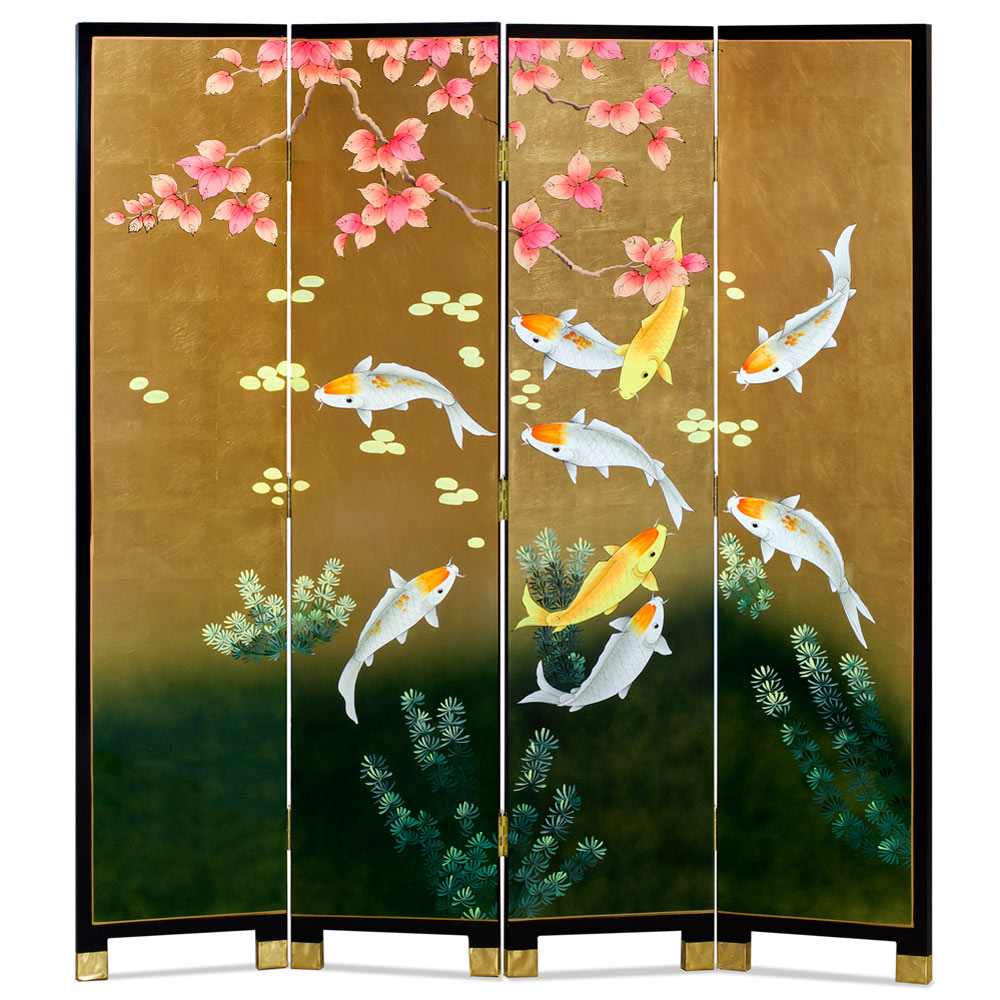
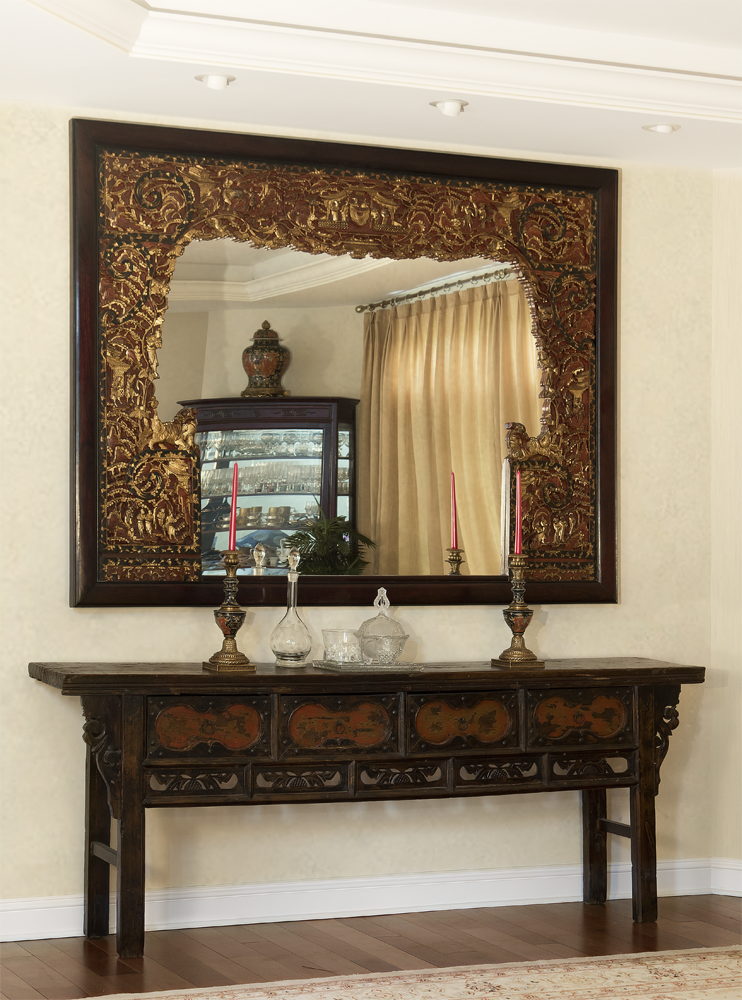

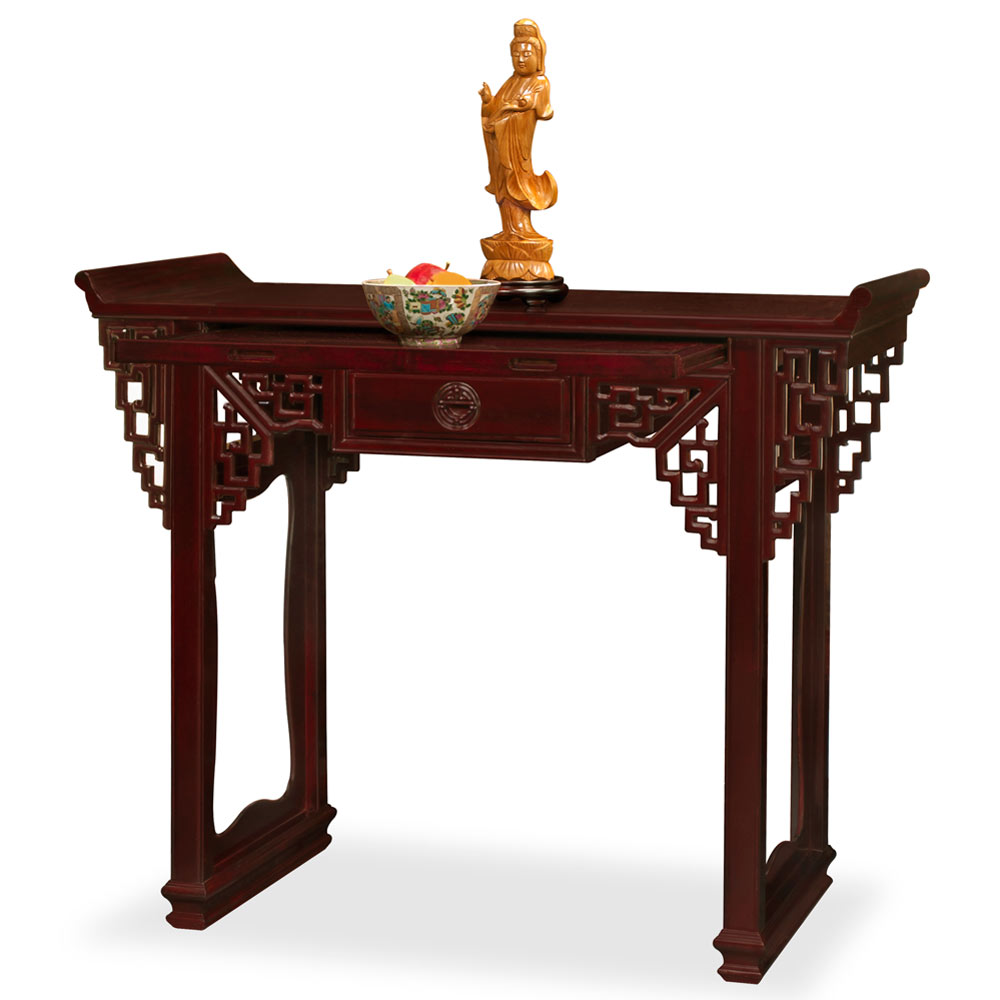
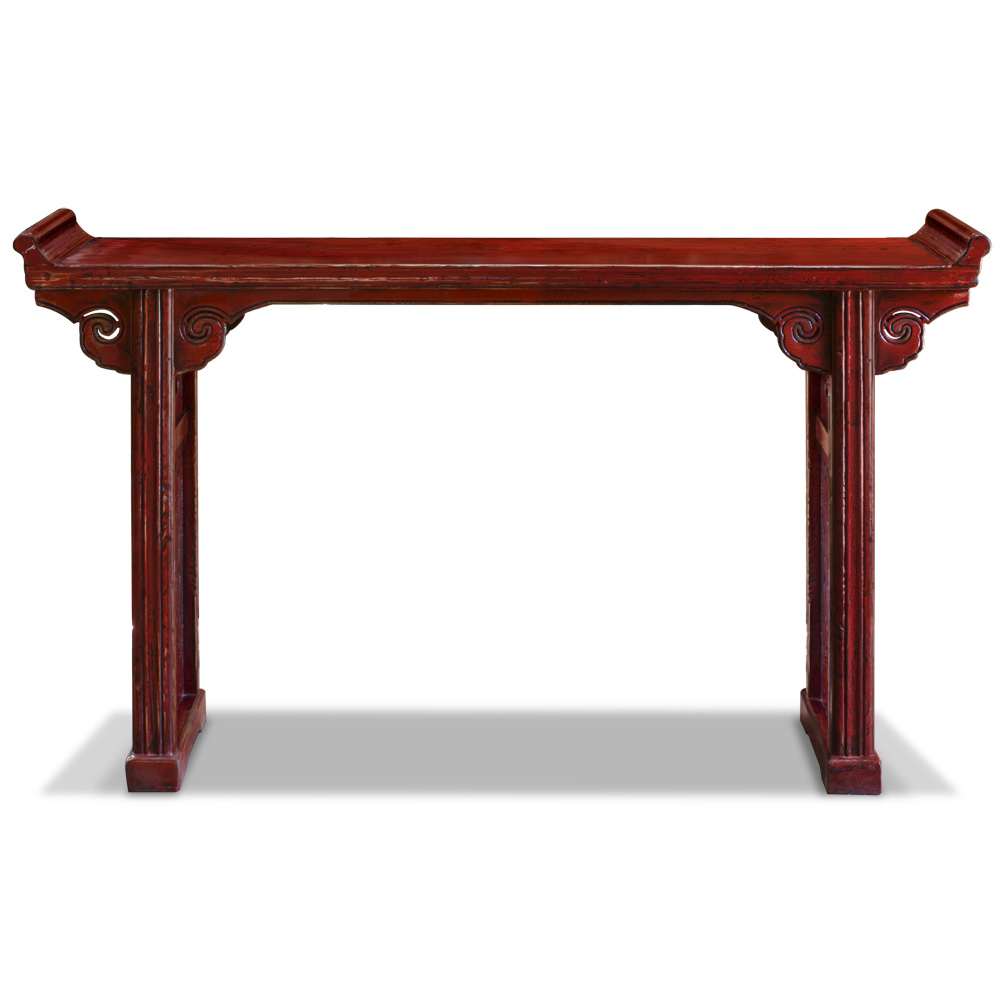
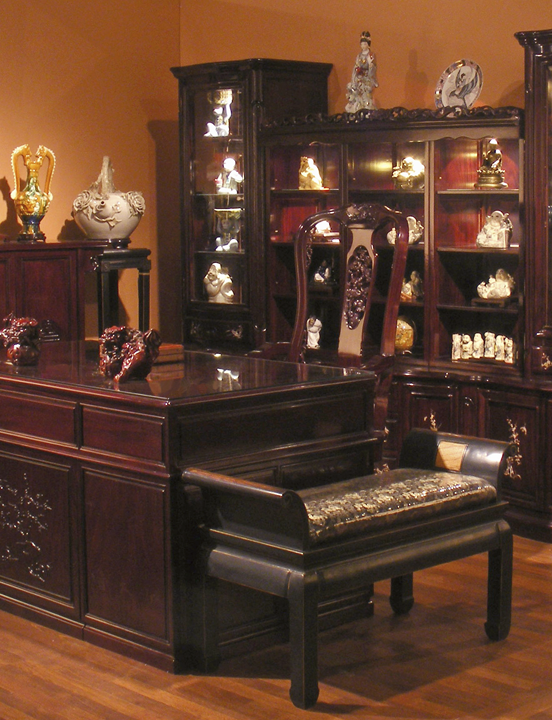
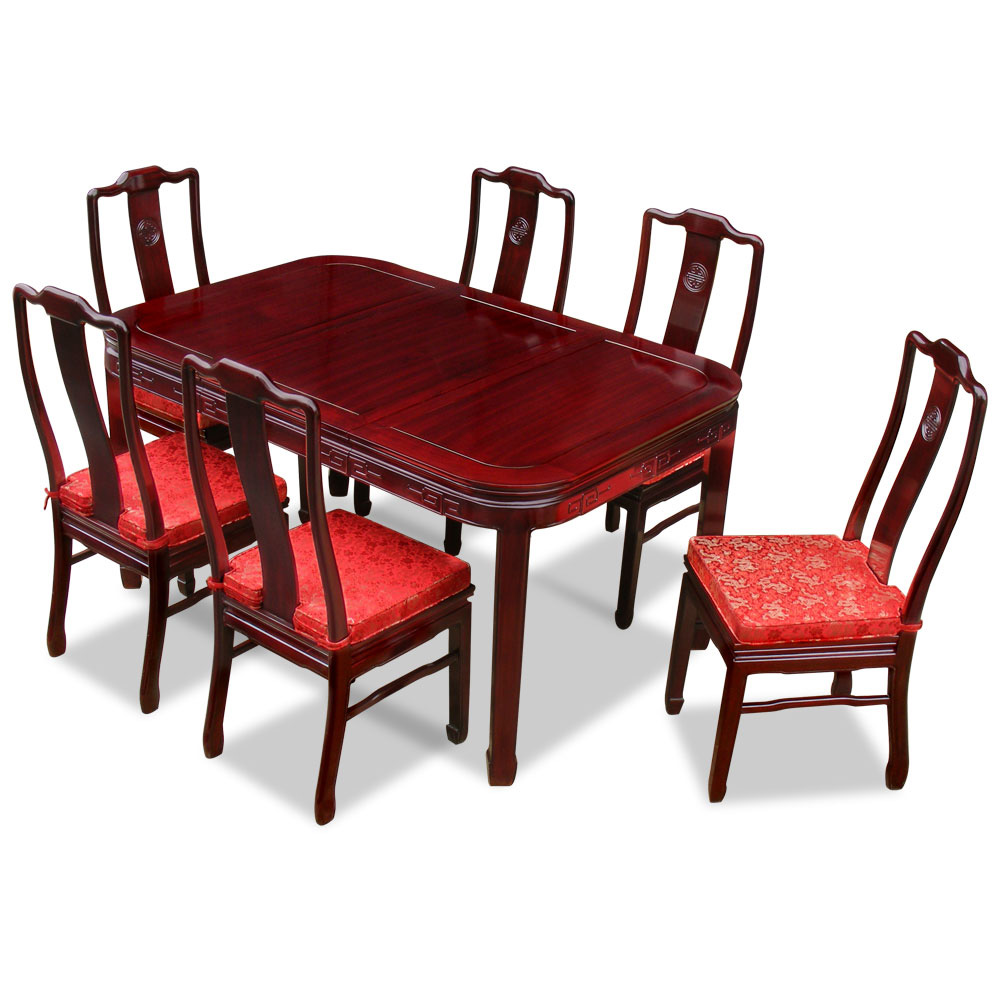
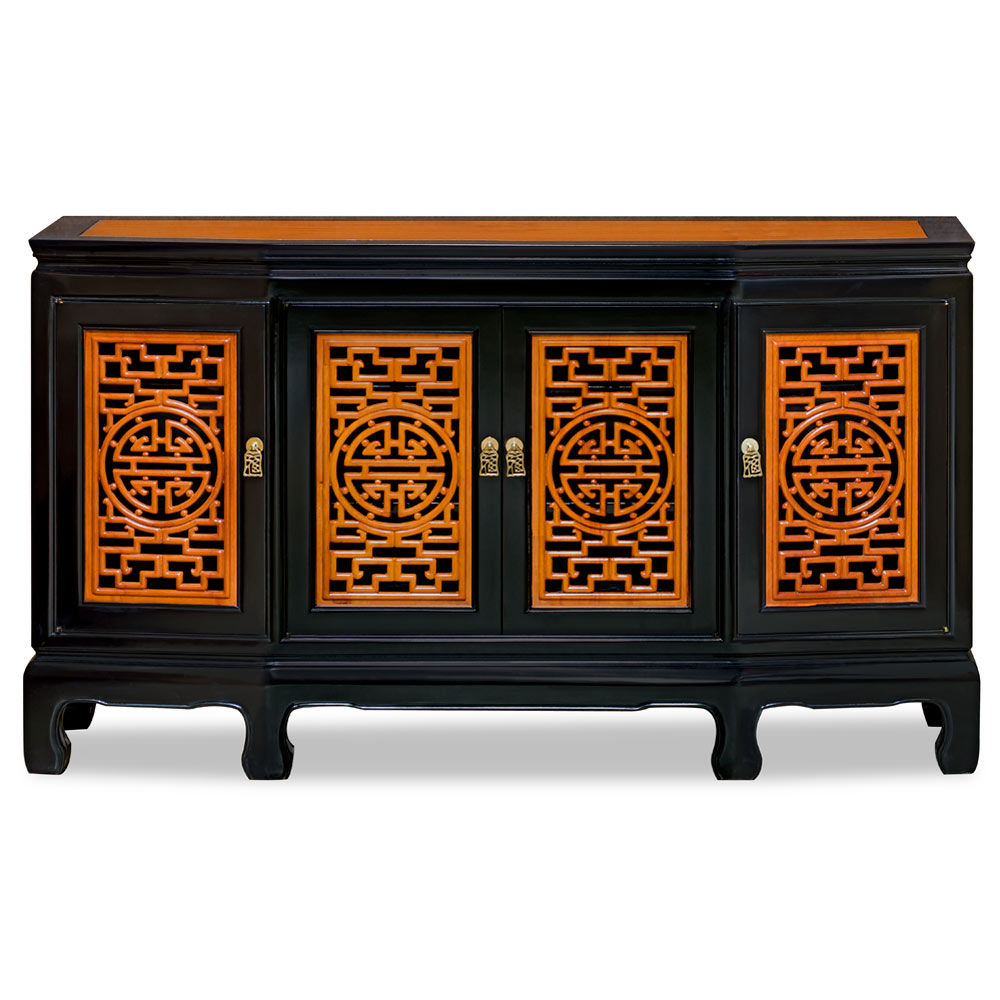
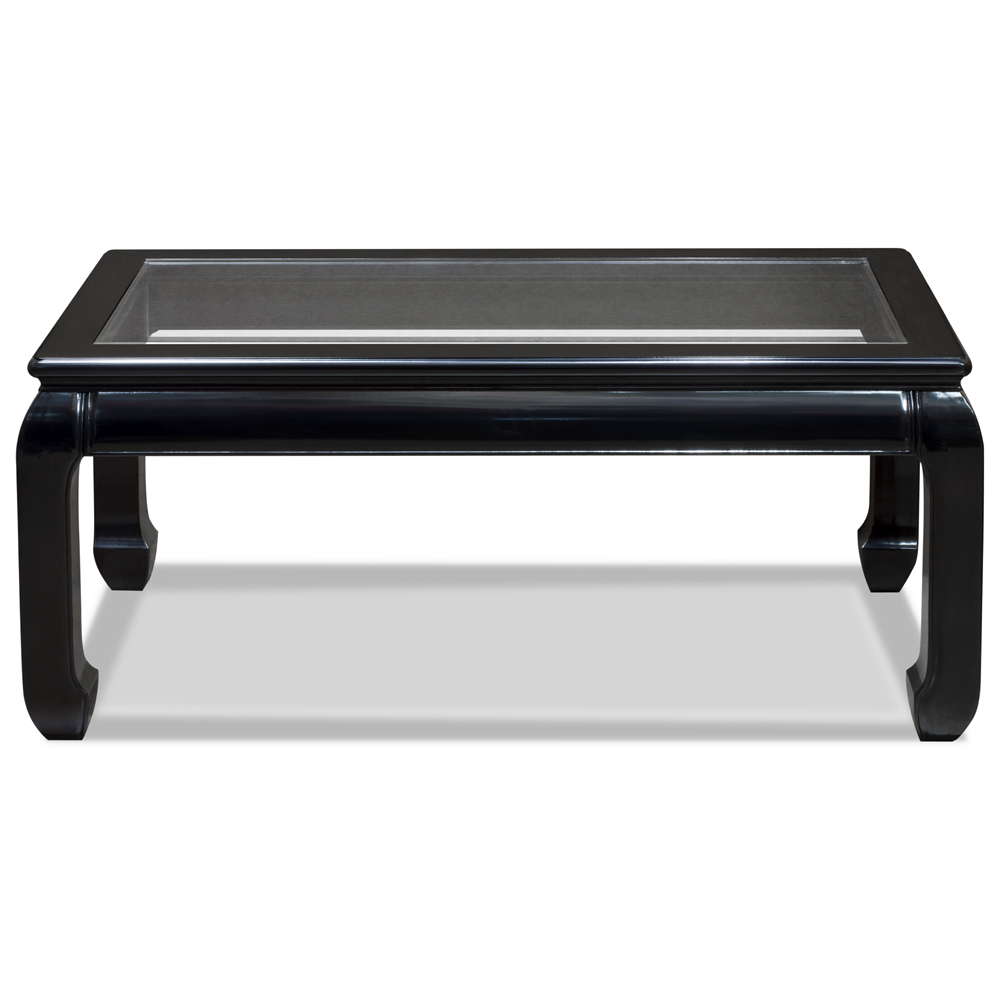
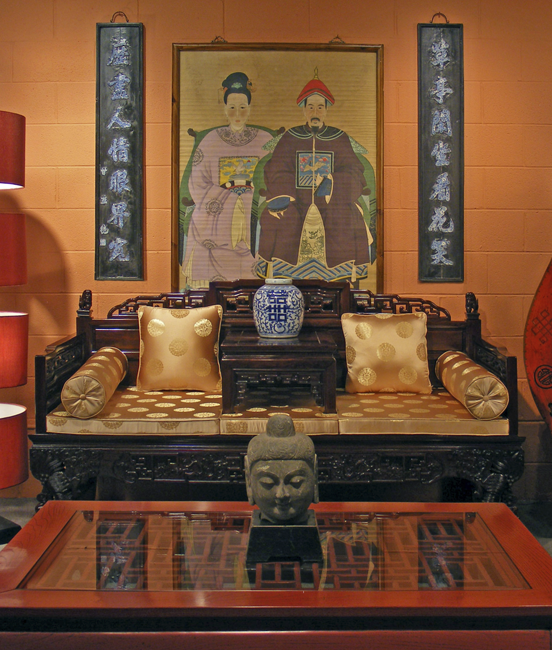
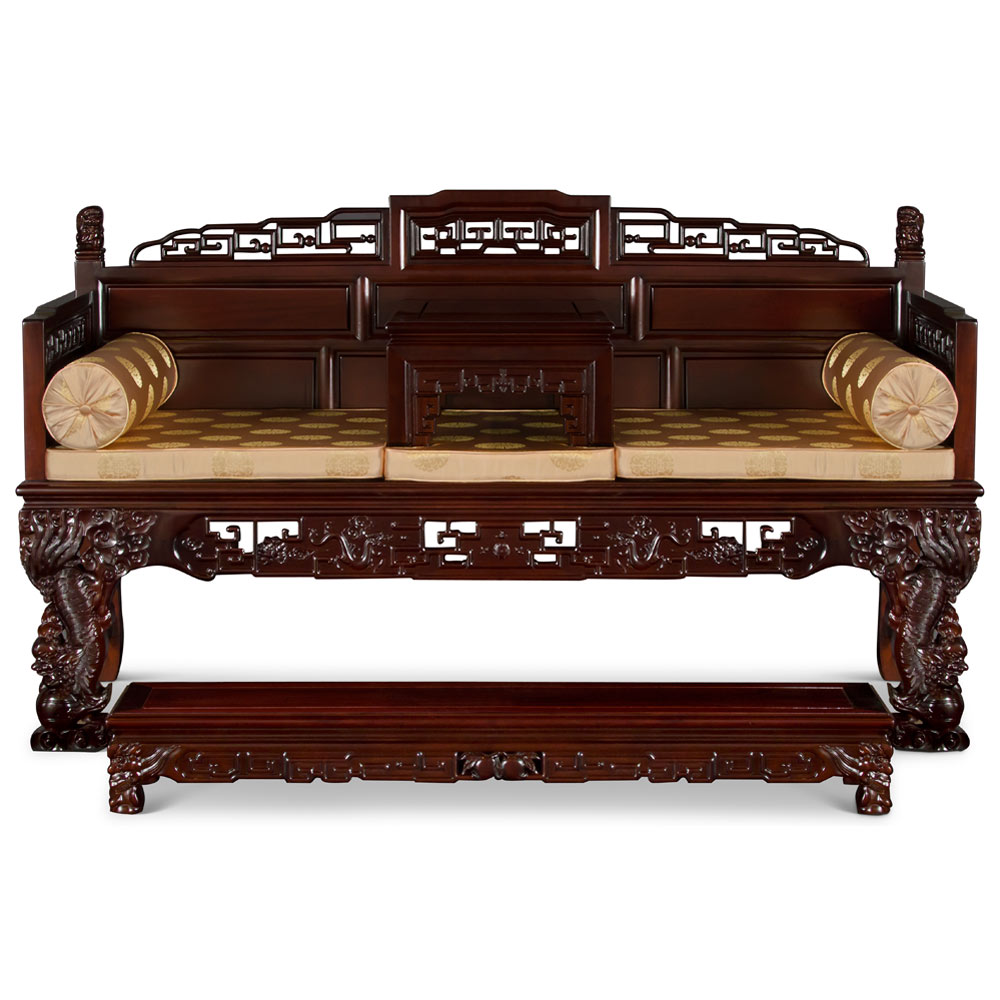
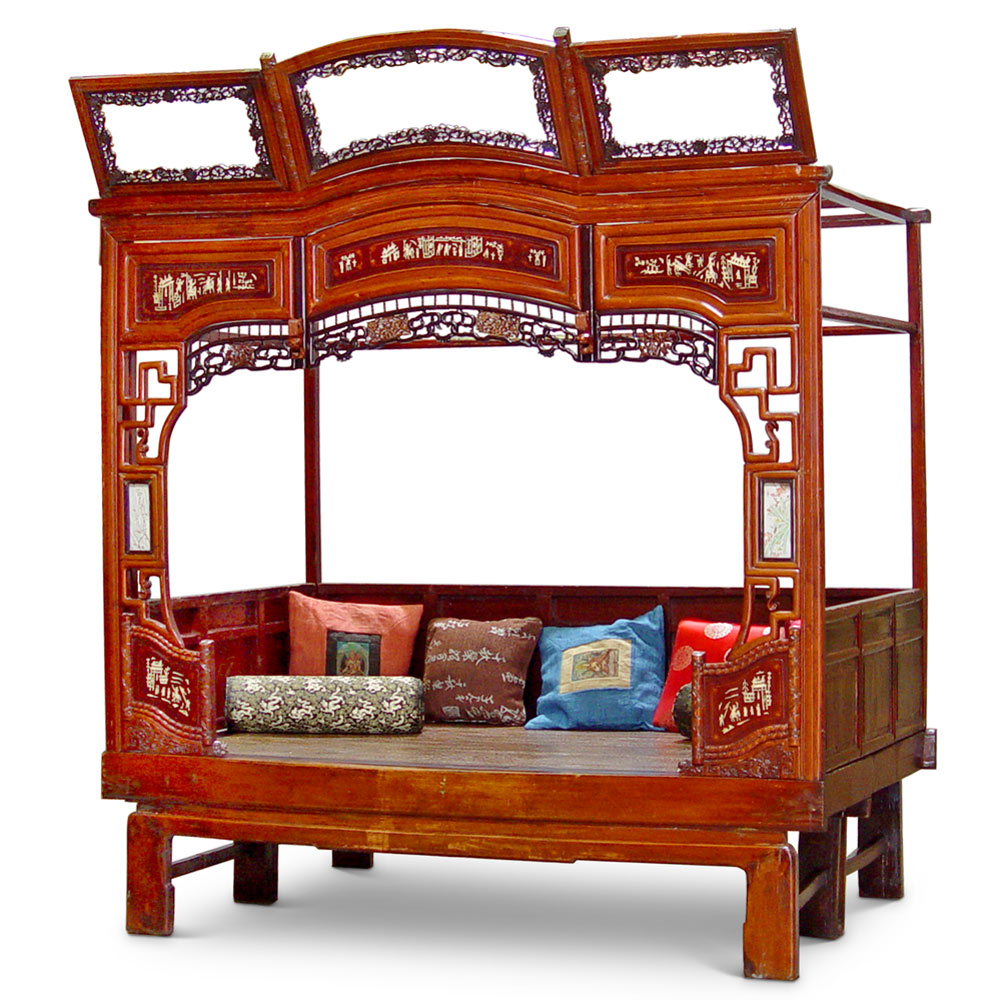
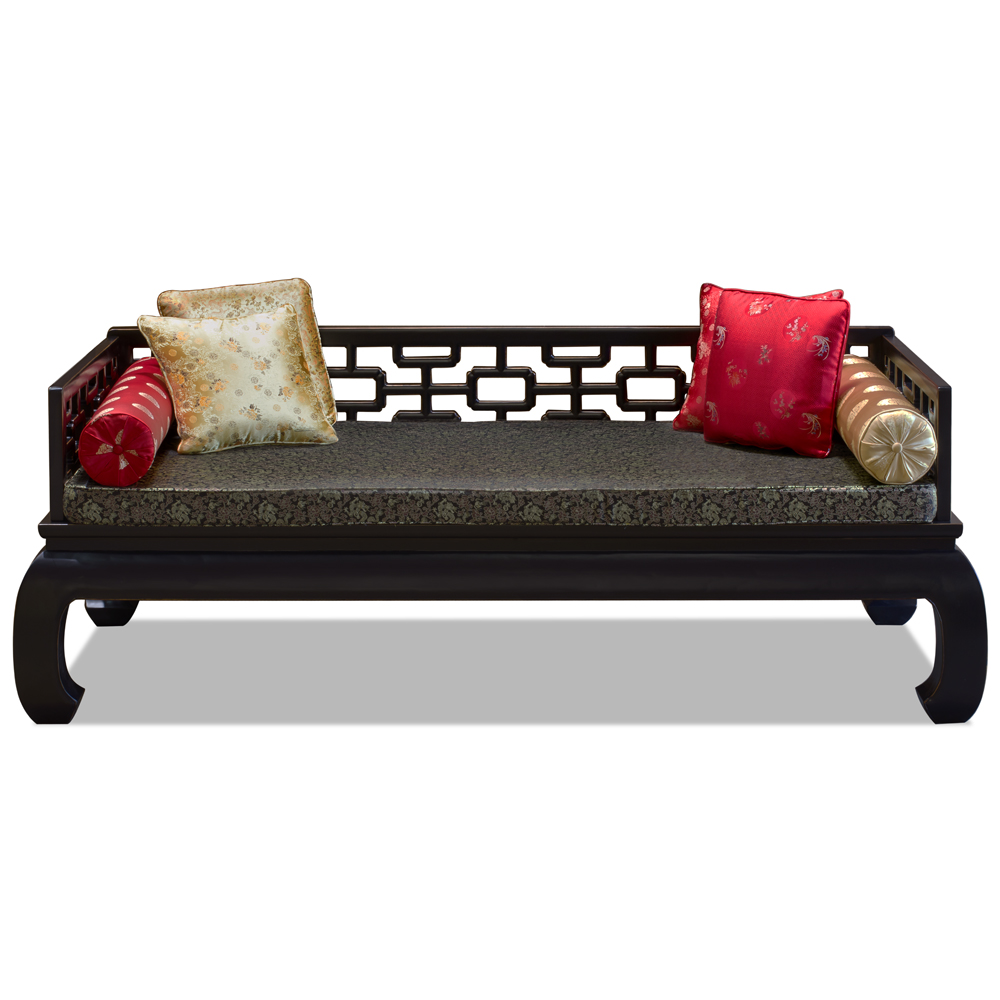
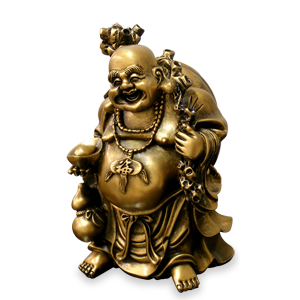
SocialMedia